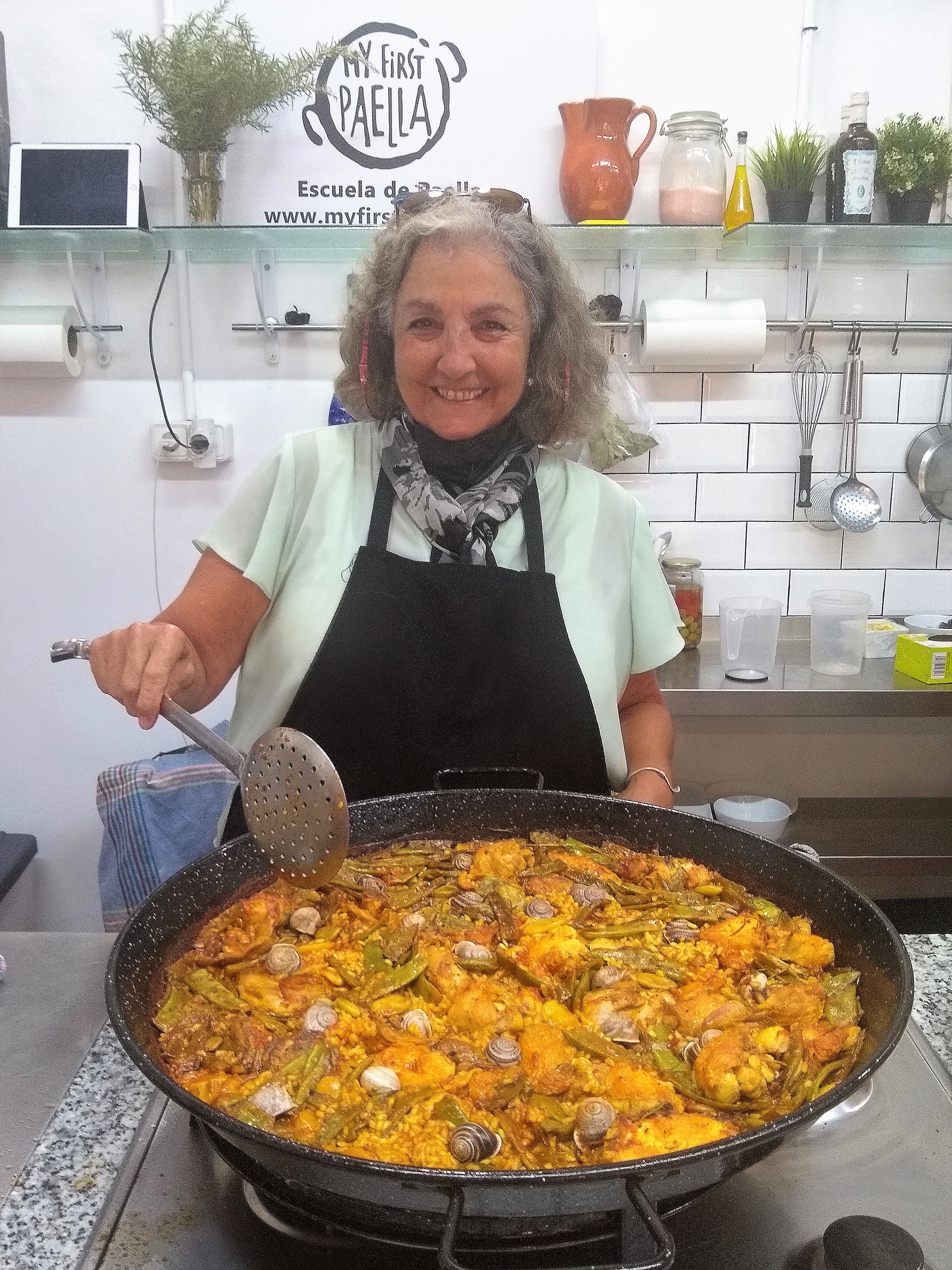
Authentic paella originated in Valencia, Spain. It is so popular that the whole world considers paella to be a quintessential Spanish national dish.
The Valencians can become quite incensed when people call any old rice dishes “paella” – there’s only one original Valencian paella. The black paella, seafood paella, etc. are not true paellas in the natives’ eyes.
Knowing this, I wanted to get to the bottom of the paella mysteries, so I spent a day in Valencia at a cooking school, where we shopped, prepared, and cooked a fabulous dish of paella.
If you want to learn how to make authentic Valencian paella, follow these step-by-step instructions and photos.
(Seafood paella instructions also included.)
Madrid was fantastic – I loved it! But, after a sizzling few weeks there, I was ready for a beach vacation (as usual!). I opted for Valencia, where I was pleasantly stunned to encounter a fabulous local festival, Les Falles – check it out if you haven’t heard of it. A visit to the largest aquarium in Europe and taking a paella cooking class were items on my agenda.
Ingredients for Authentic Paella
True Valencian paella is made with rice, chicken and rabbit pieces, tomatoes, broad beans, lima beans, snails, rosemary, paprika, water, salt, and an infusion of saffron – that’s it! No onions, peppers, sausage. The special rice used for paella is grown in the Albufera area, just outside Valencia. It’s called bomba rice, a round variety, smaller than the round rice used in risotto.
First: Shopping at Ruzafa Market
I’d arrived early to the meeting place so I could grab a cappucino and croissant at a nearby cafe. The Ruzafa neighborhood is quite charming; I was glad to have some time to wander around.
We met Jose, our guide, at the steps of Parroquia San Valero at 11:00, very near Ruzafa Market. Three of the students were late, which gave the rest of us an opportunity to explore this beautiful church before heading to the market.
The school already had the rice and seasonings; we needed to pick up the meat, seafood, and vegetables needed to make both Valencian paella and seafood paella. The market was fragrant and gorgeous, so many fruit, vegetable, meat, and fish stands – with many, many booths providing ham of all sorts, of course. Jose explained that jamon iberico comes from the local black pigs. The Spanish definitely love their ham!
Arriving at the School
My First Paella Experience school was a short walk from the market. When we arrived, we were greeted by Chef Jordi, who was preparing tapas for us. He had mussels, olives, cheese, ham, and Spanish tortilla (a potato omelet which I’d learned to love in Madrid). Jose showed us how to make sangria, and we got right into the sangria and tapas while Jose and Jordi arranged all the paella ingredients into bowls. Jose had me prepare the next 2 pitchers of sangria – we were all thirsty! 😜
To make sangria: Place sliced oranges and lemons into a carafe and add sugar to taste. Add red vermouth and a little black rum. Put a cinnamon stick in it and marinate 2 hours to overnight. Fill the carafe with red wine and orange soda.
Jose also explained how to make Agua de Valencia: rum, vodka, sparkling wine, and oj.
Preparing the Paella Ingredients
Five of us had chosen to prepare Valencian paella, and 7 others made seafood paella. We divided up, and our first step was to prepare the saffron mixture. We took a pinch of saffron and salt, added olive oil, and ground this to a paste, then added about a cup and a half of water.
From here, I’ll describe making the Valencian paella, and add info about the seafood paella as we go along. The broad beans (called “ferraura”) were snapped by hand, and we shelled the fresh lima beans. To prepare the lima beans, we poured boiling water over them and allowed them to soften as we made other preparations.
I’d never grated fresh tomatoes before – what a great idea! Using an upright grater like the ones our moms had, I cut the tomatoes in half and rubbed them against the grater – it pulverized the insides, and left the skins behind. Awesome! We used meaty tomatoes, like plum tomatoes.
Jordi had prepared the broth ahead of time – he browned carrot, celery, and onion, then added water and simmered for 30 minutes. He had 2 types of paprika, both sweet; one was a coarse grind, the other was fine.
The pans used to make paella are also called paellas. They come in many sizes, with burners to match. The paellas are thin, and somewhat indented in the center.
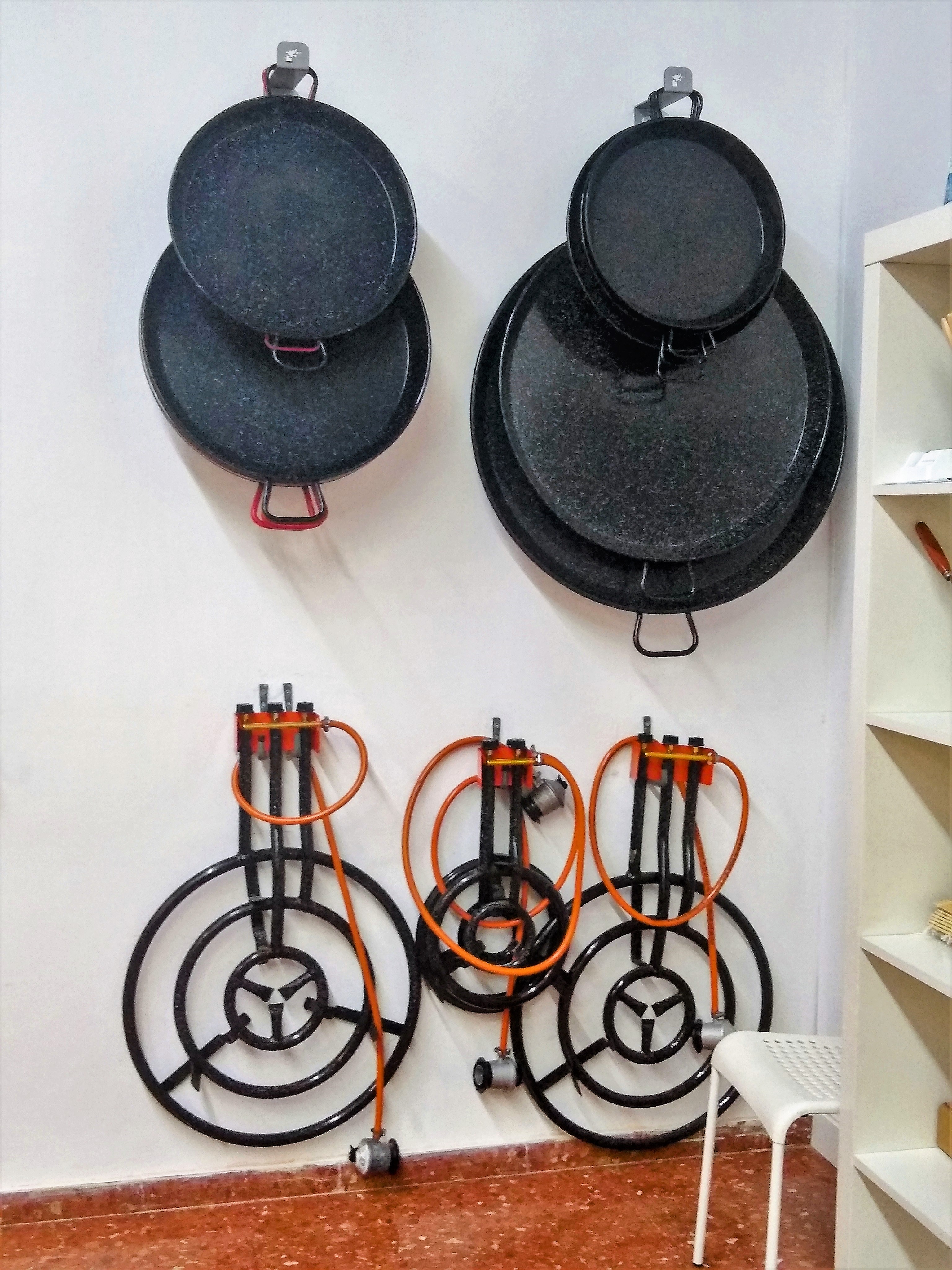
Cooking Valencian Paella
We added olive oil to the paella pan around the outside, and watched as it heated and ran to the center of the pan. When very hot, we sautéed the chicken pieces first, later adding the rabbit, and cooked the meat until quite brown and sealed. (Use meat with the bone in for extra richness.) When they were done, the meat pieces were pushed to the outer rim of the pan, and the broad beans were added and cooked. The softened lima beans came next, with the grated tomatoes.
Next, we added water, broth, and the saffron mixture, reduced the liquid, added the rice (Chef Jordi recommends 100 grams of rice per person – I think 50 is plenty!) and salt, and stirred well. A sprig of fresh rosemary went on top, and in 15 minutes, when the rice was almost dry, we added cooked snails. To get a crusty bottom, add oil around the outside of the pan towards the end. Let it rest for about 10 minutes for the flavors to mix.
Ingredients for 4 people:
- 400 g rice
- 500 g chicken and 300 g rabbit
- 200 g beans (perona, tavella, and rojet), fresh garrofon
- 2 pear tomatoes
- pinch of saffron, red paprika, rosemary
- cooked snails
- salt and olive oil
- broth
Seafood Paella
In the meantime, over at the seafood paella area, they sautéed the seafood first, and added the rice before the broth and saffron mixture. Sauté the rice for 3-5 minutes, add broth, boil furiously for 5 minutes, then reduce to low heat for 10-13 more minutes.
Seafood Paella Ingredients:
- 400 g rice
- 1 nora pepper
- seafood: 1 cuttlefish, 1 squid, 100 g monkfish, 150 g shrimp, peeled prawns, mussels
- saffron, garlic, parsley, tomato
- broth
In both cases, while the rice was cooking, Chef Jordi taught us his favorite toast (“Health and Strength to All.”), and we sampled some cassalla – a dangerous, anise-flavored liqueur. And, of course, there was more sangria! 🤪
By the time the paellas were finished and the sampling began, we were all pretty sloshed and having a great time. I met 2 women in the class who I’ve kept up with; Marisol and Tami. Who says traveling solo is lonely? Not if you’re active and friendly!
Recipes & the School’s Website
Find these 2 recipes plus one for vegan paella at My First Paella School, plus info on their classes. And, here’s a recipe for Spanish Tortilla.
Restaurant Paella as a Solo Traveler
I’d heard from a Madrid friend that the best place to try prepared paella in Valencia is at La Pepica Restaurant – near where I was staying at the beach. Unfortunately, one can only order paella for two. I was thinking about getting a double order for myself just so I could try it – but luckily encountered another solo traveler who wanted to try paella at Le Pepica as well!
Neils was vacationing from The Netherlands, and we met when he thought I’d taken his sun hammock at our hotel’s pool. We struck up a conversation, and had dinner together a few times. Neils also accompanied me to watch Le Crema during the Les Falles celebrations.
In Conclusion
I had a great time during my solo travels in Spain this summer – first in Madrid, then volunteering in Belmonte, and finally at the beach in Valencia. When there’s no one to go with me on a trip, it’s as much fun (or more 😉) to go on my own – there are always things to learn, people to meet, activities to try. It may be easier for me, as a more mature woman solo traveler – I’ve not been hassled as I may have been when I was 30! Do you travel on your own often? Let’s compare notes.
This paella cooking class was a wonderful experience; though I don’t cook much anymore, now I can say that I know how to make authentic Valencian paella. Let me know if you try it out! I’d love to hear how it goes.
And… please sign up for an occasional newsletter on the yellow form at the bottom of the page!
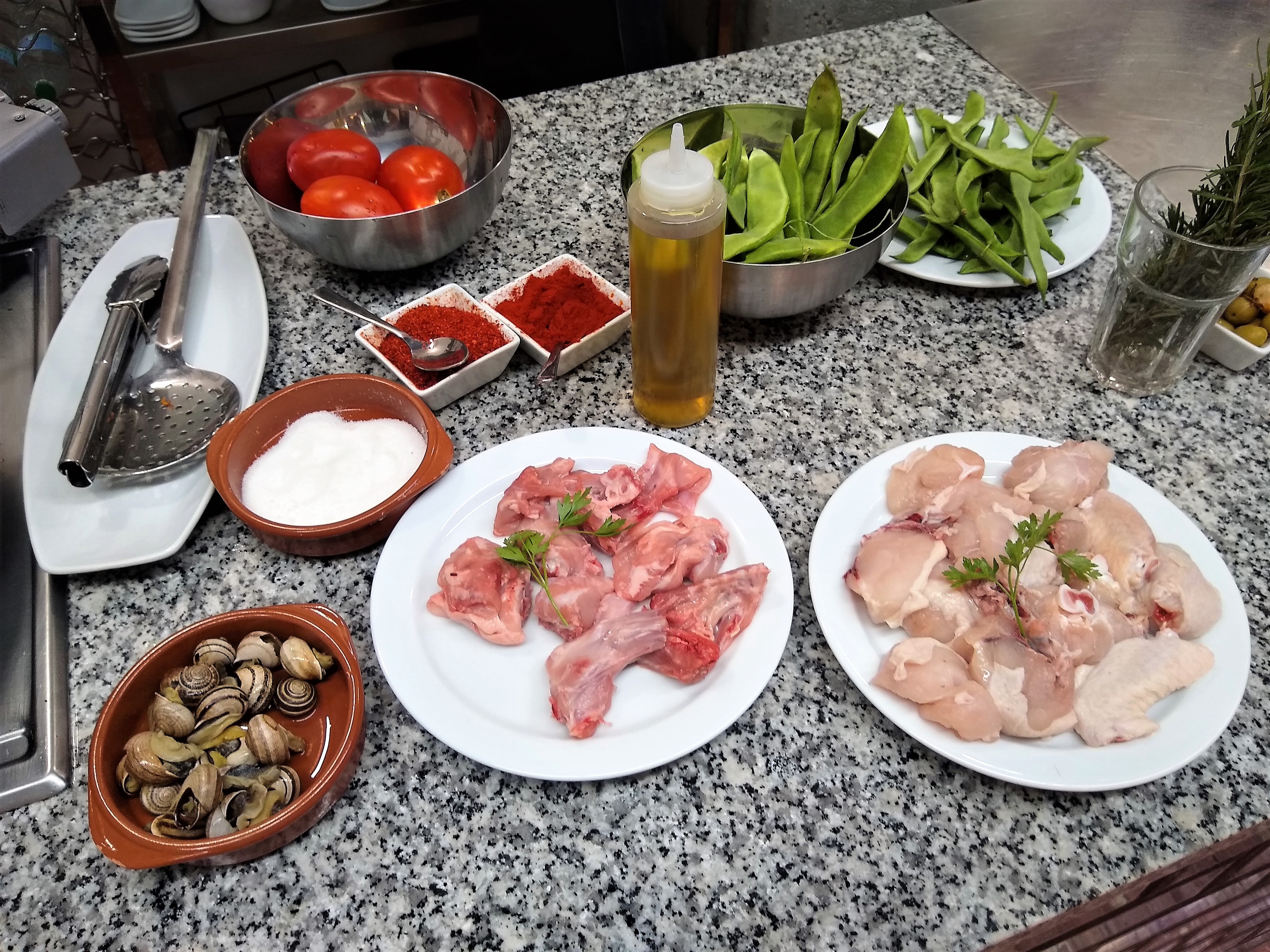
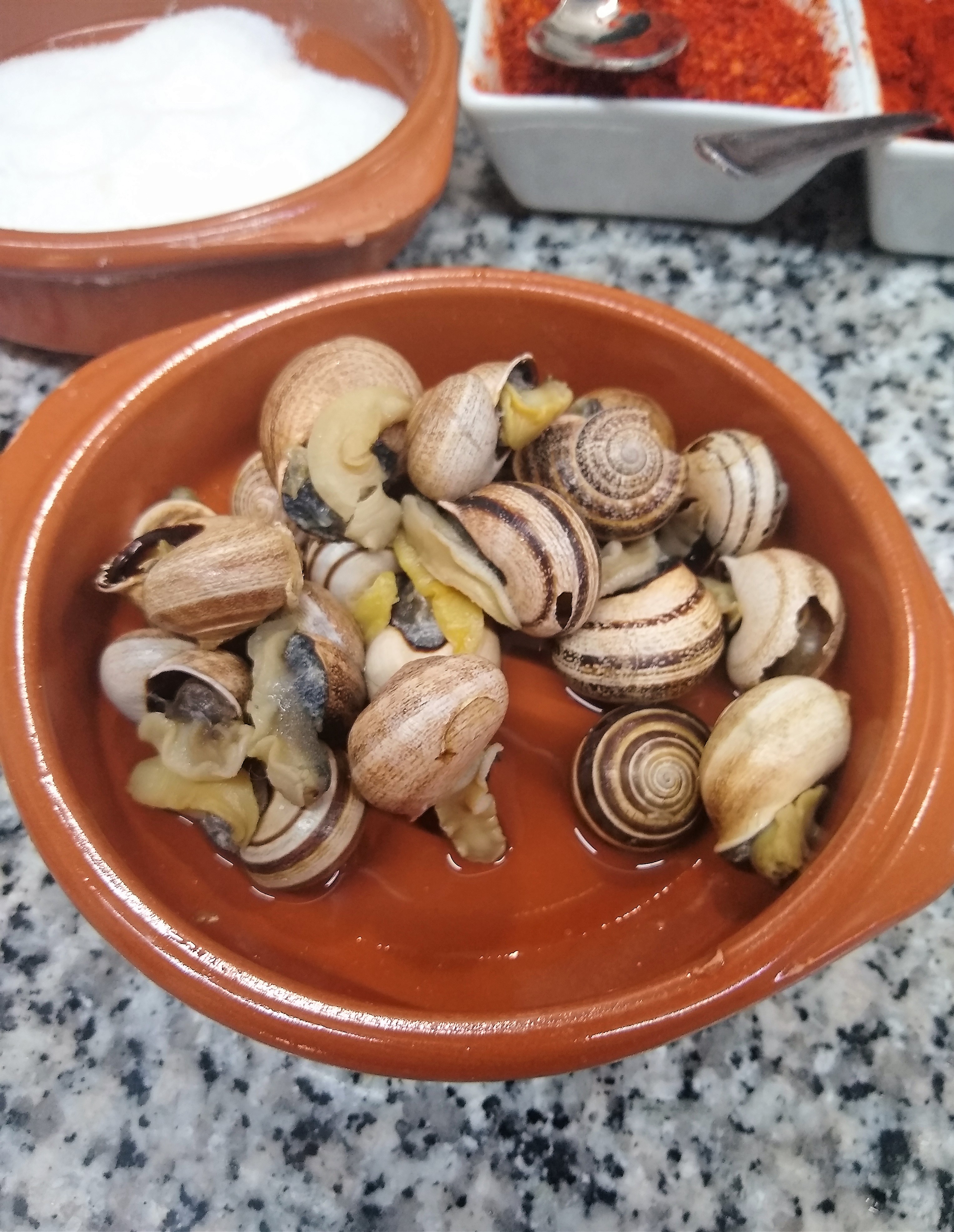
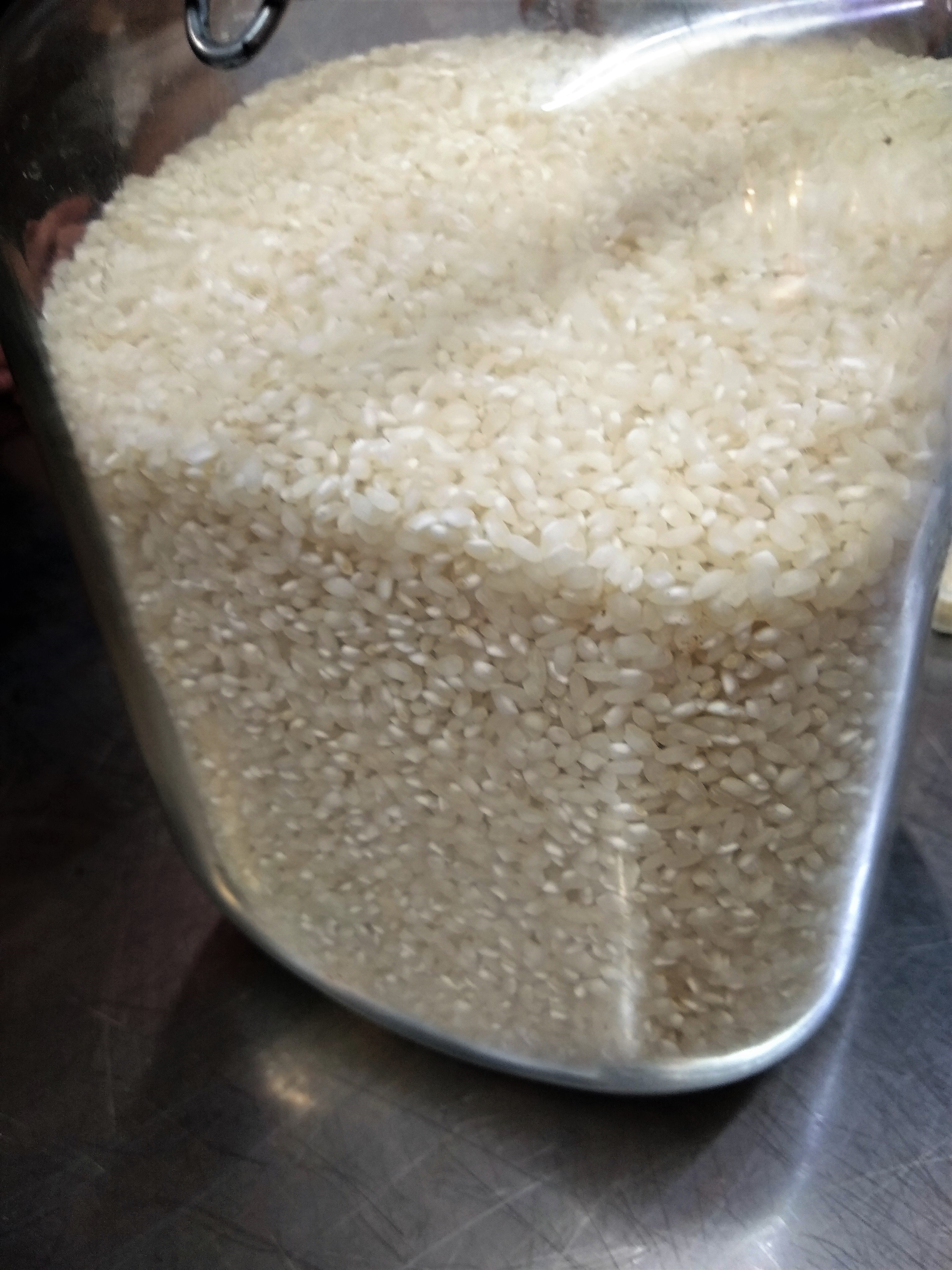


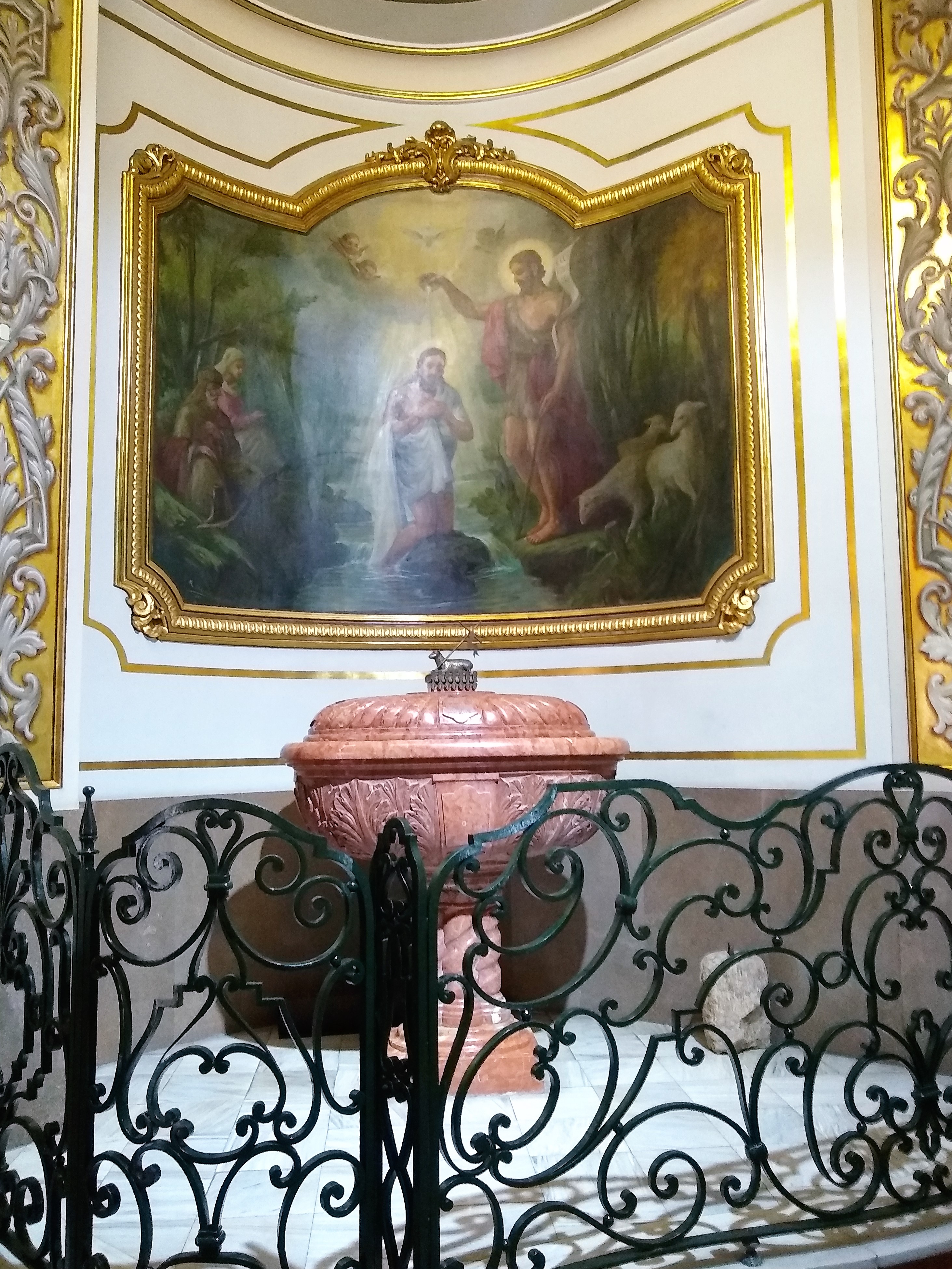

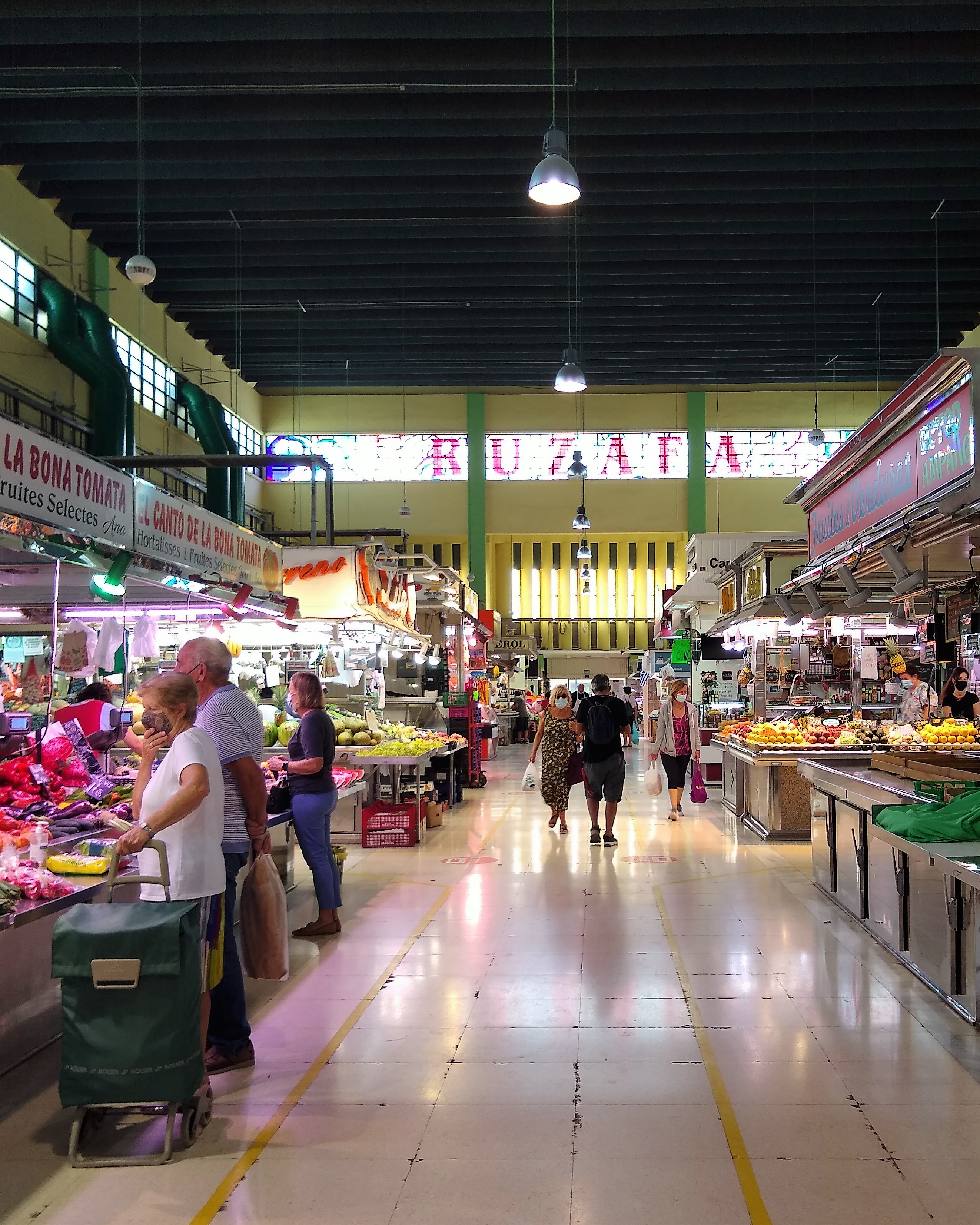
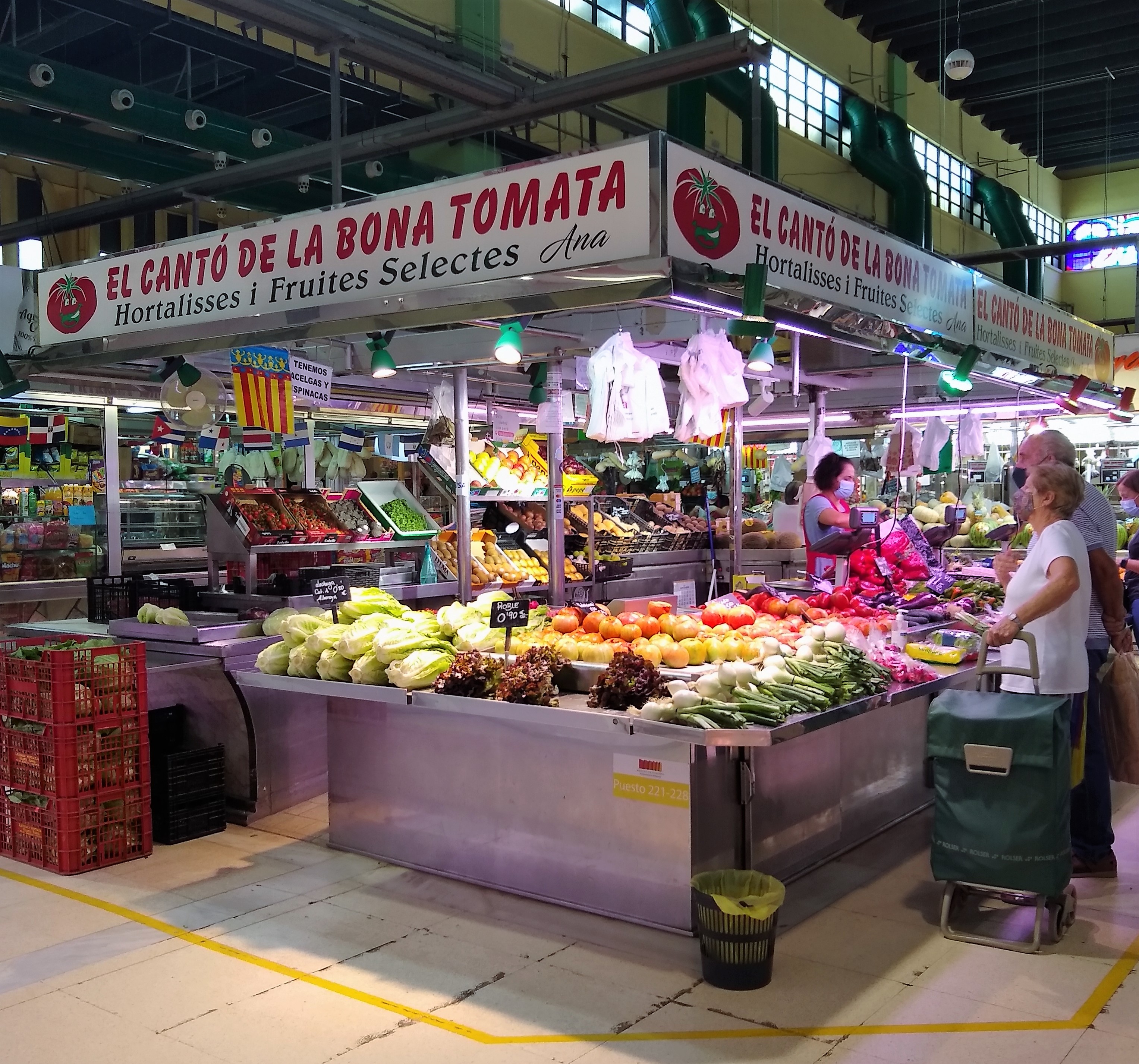
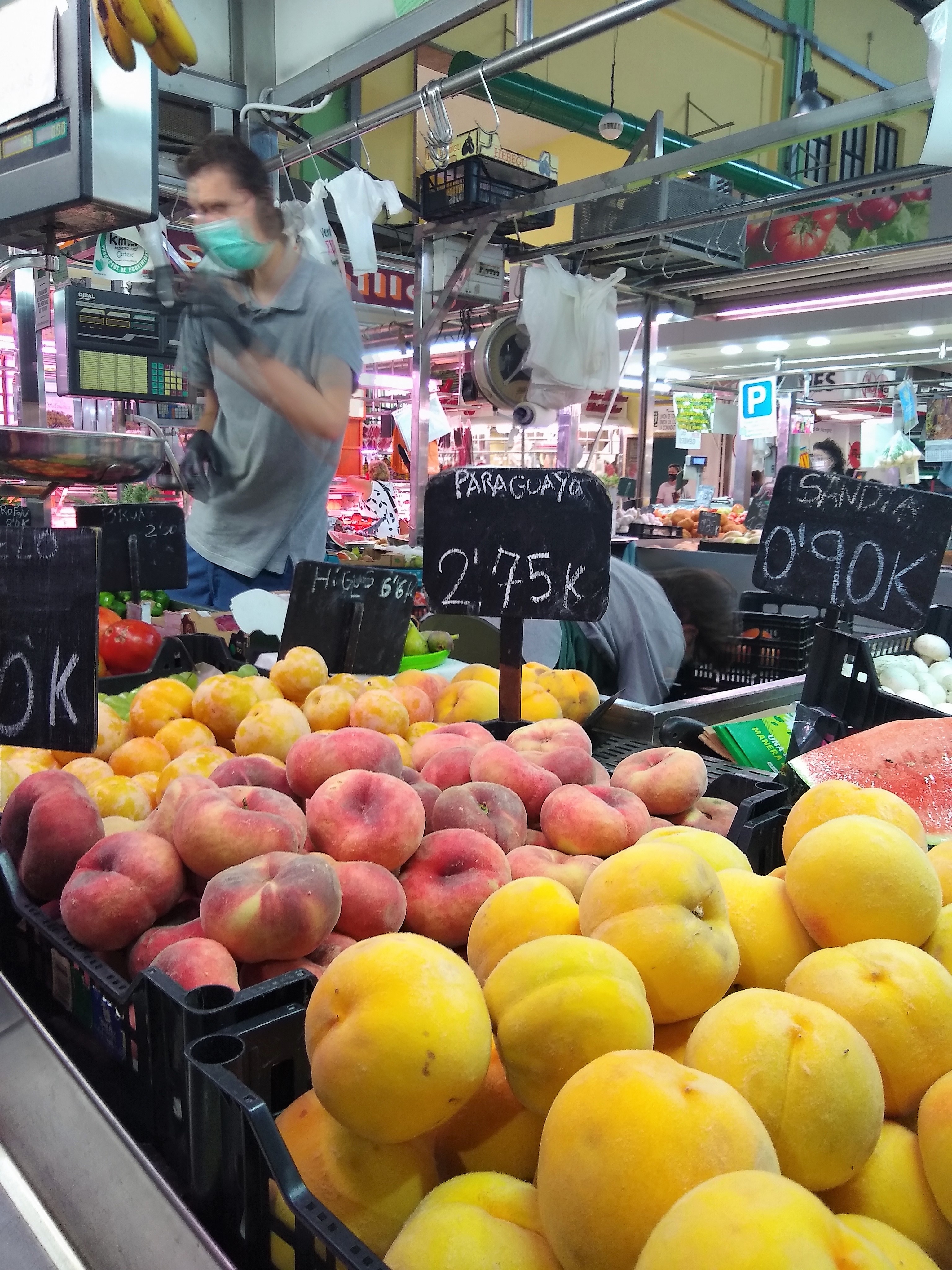
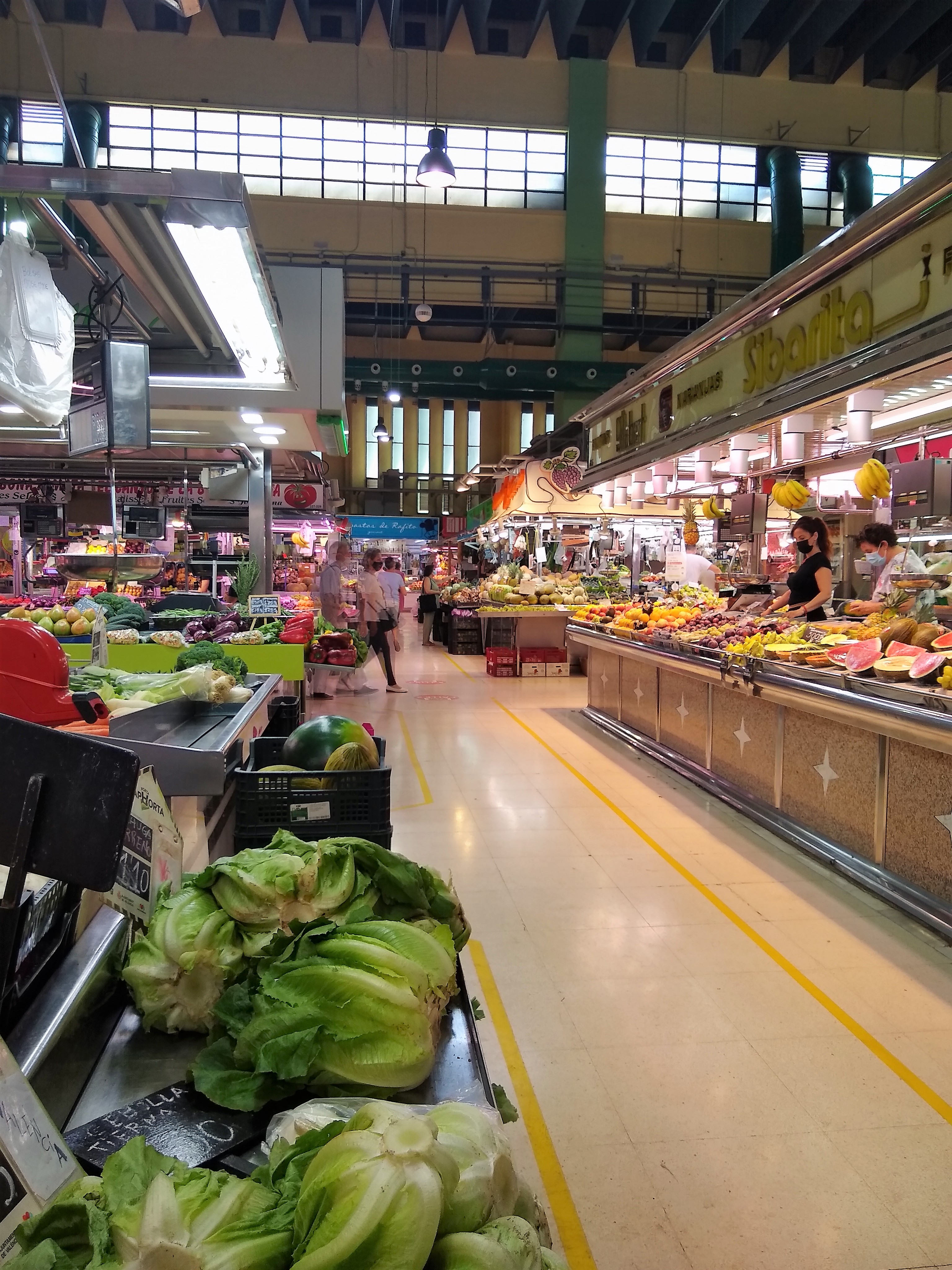
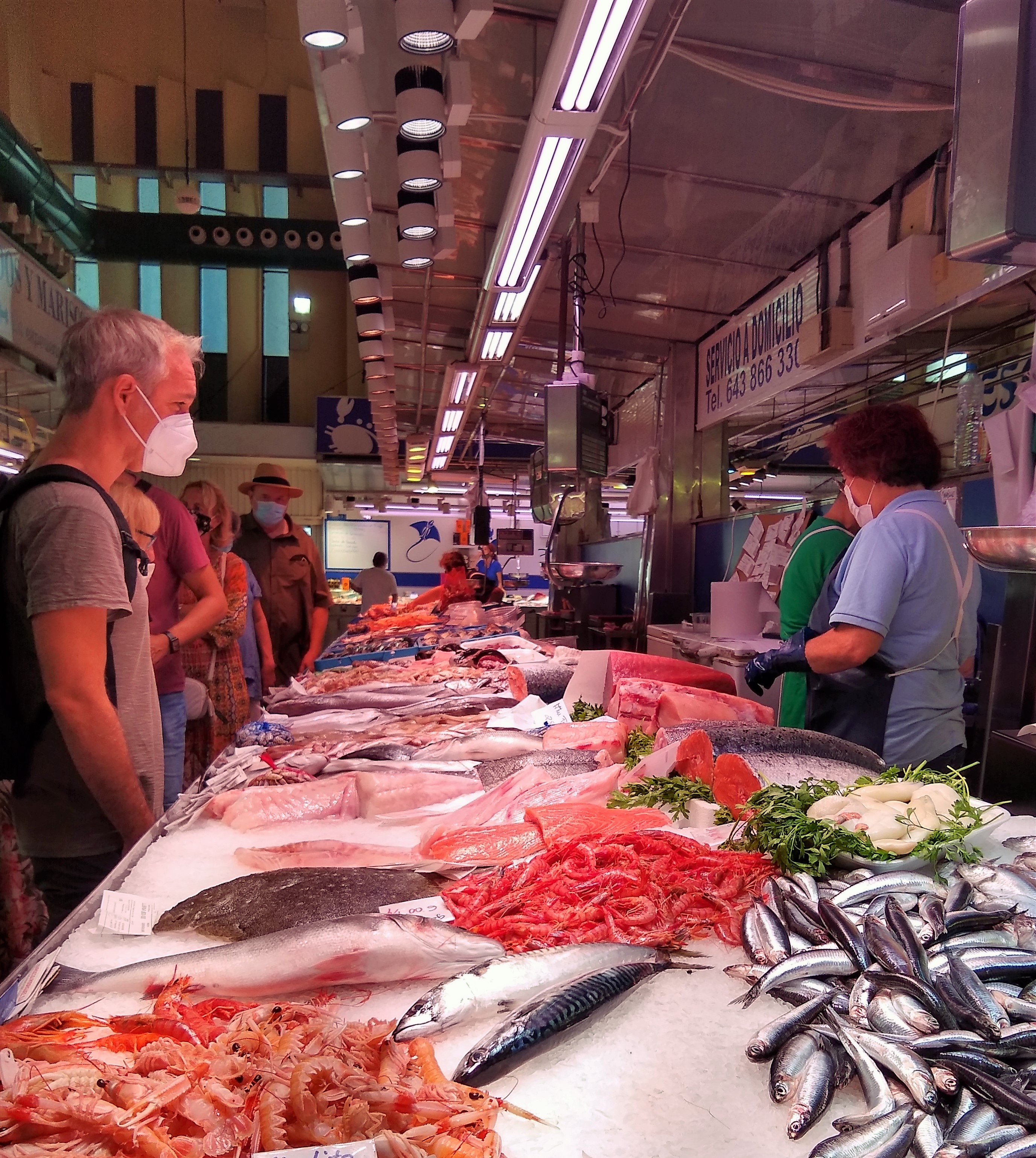
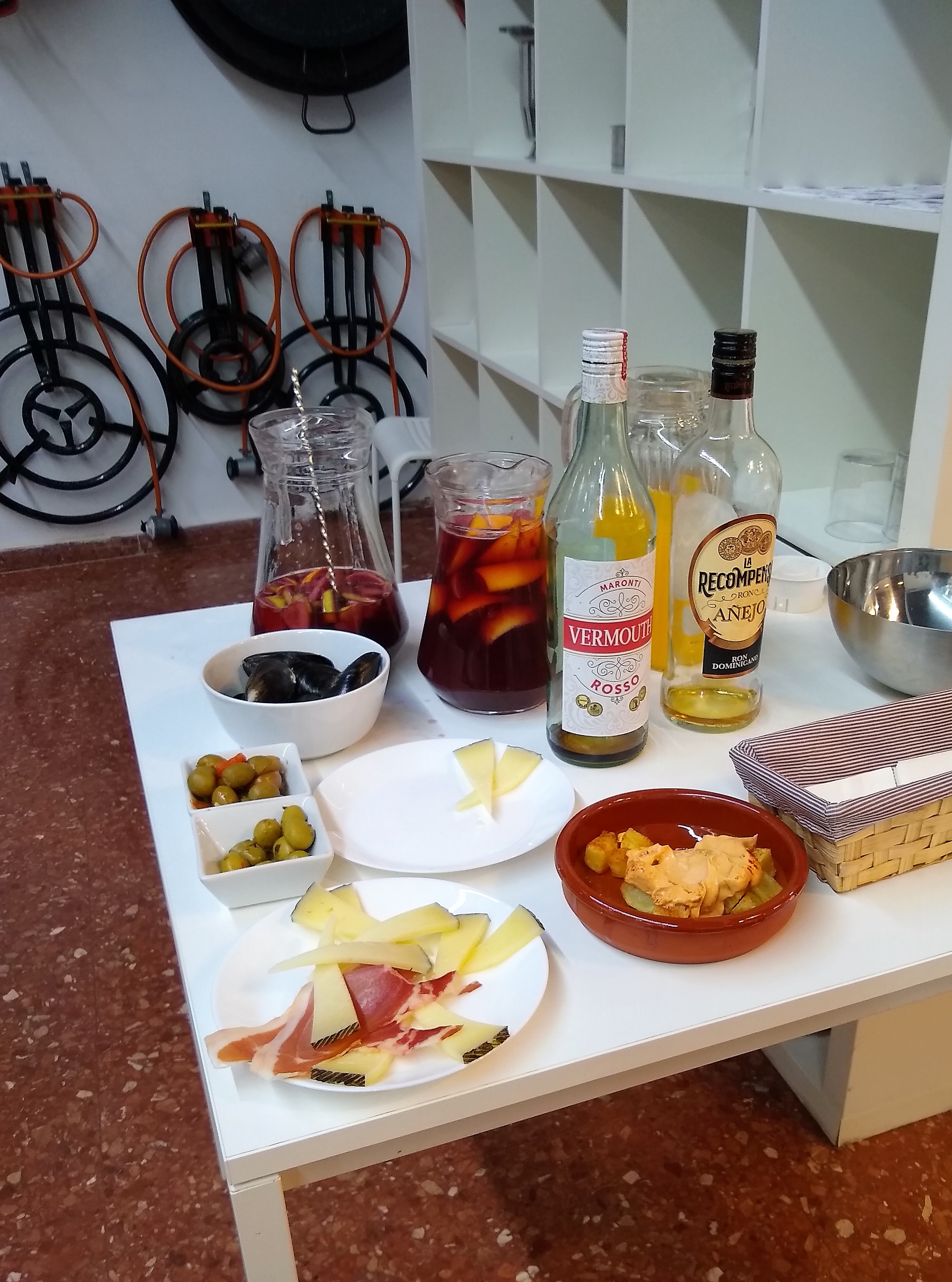
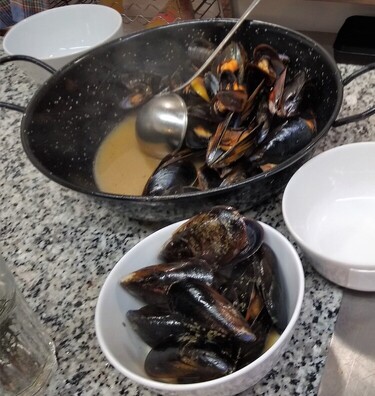
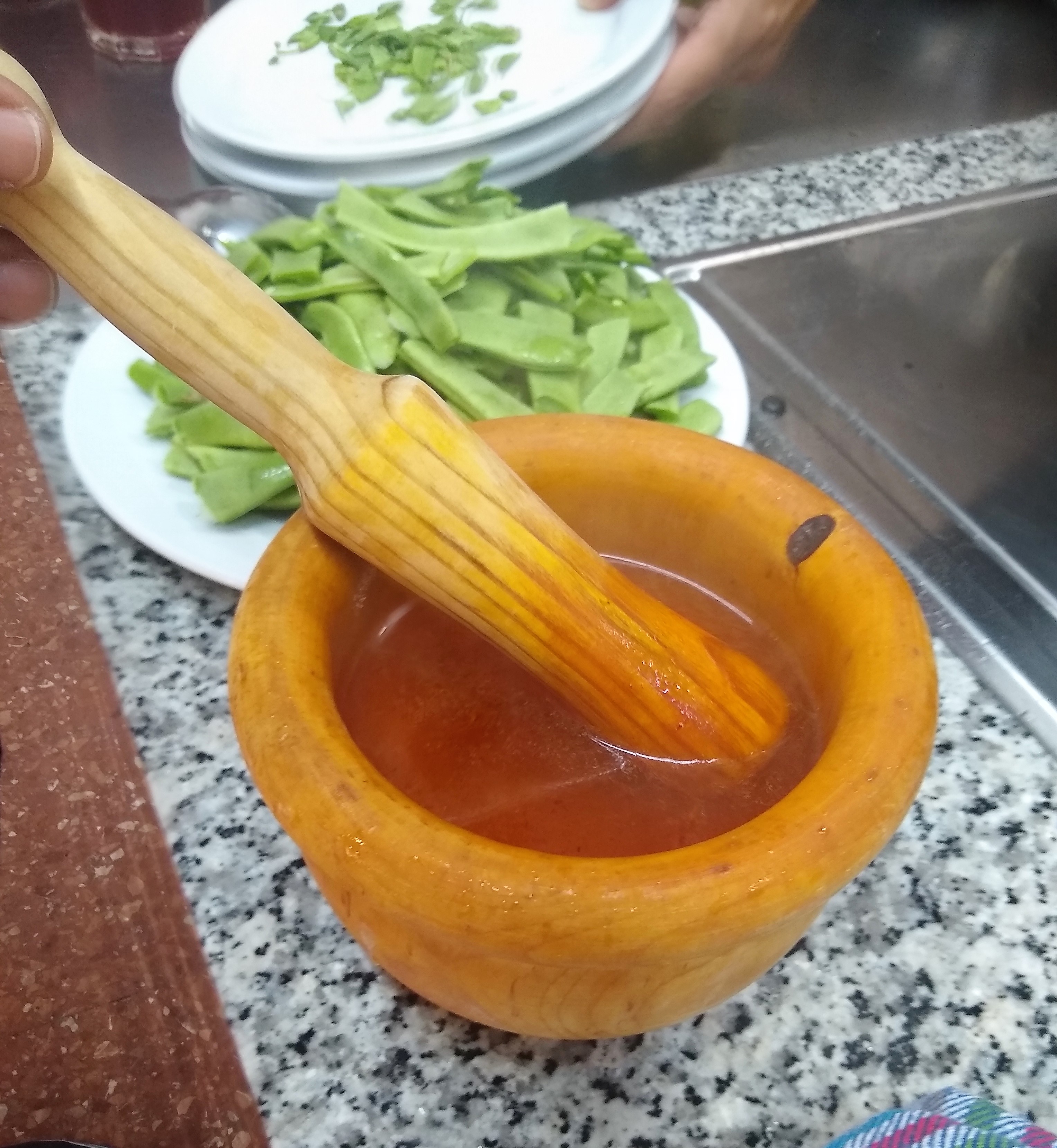
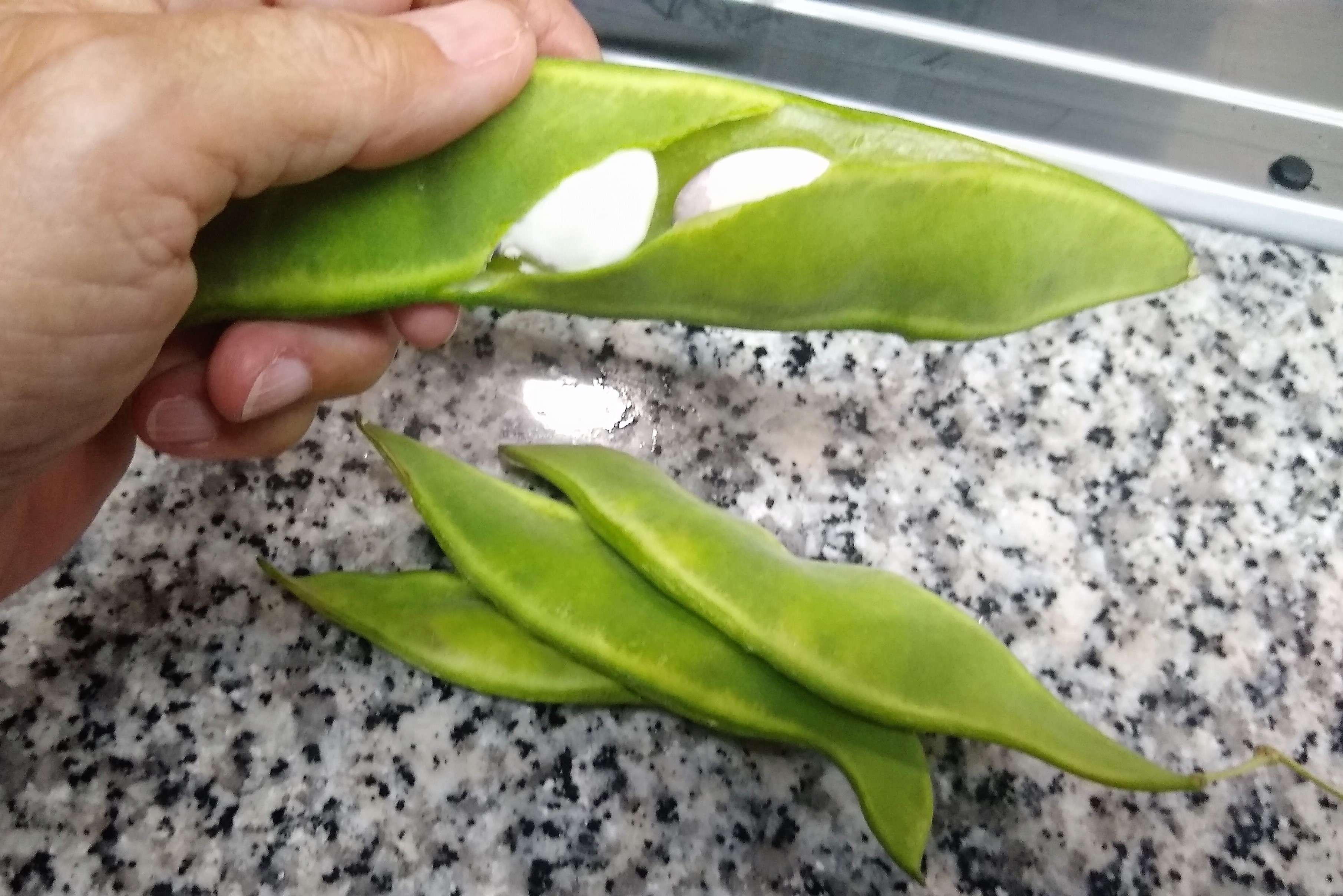
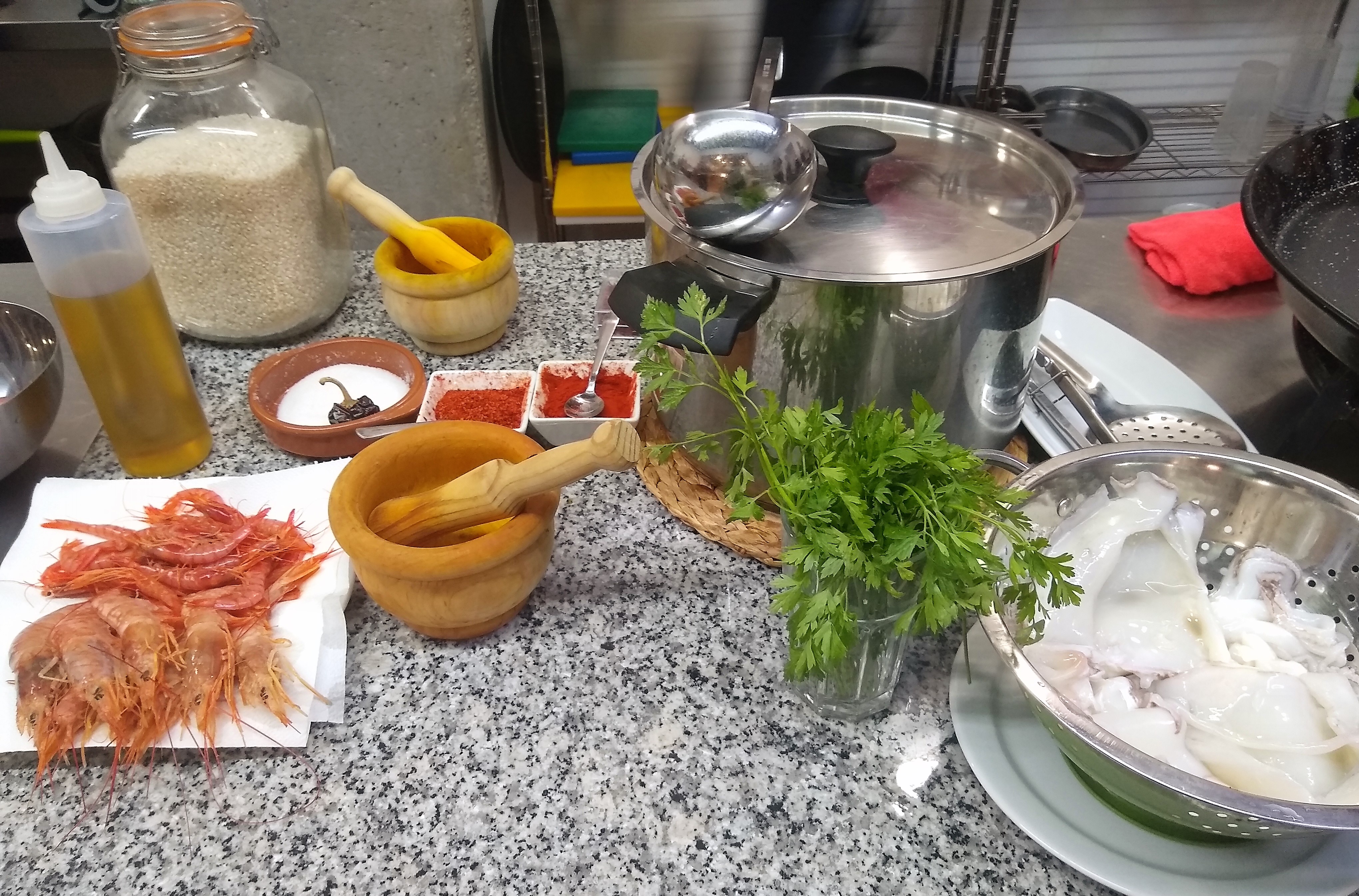
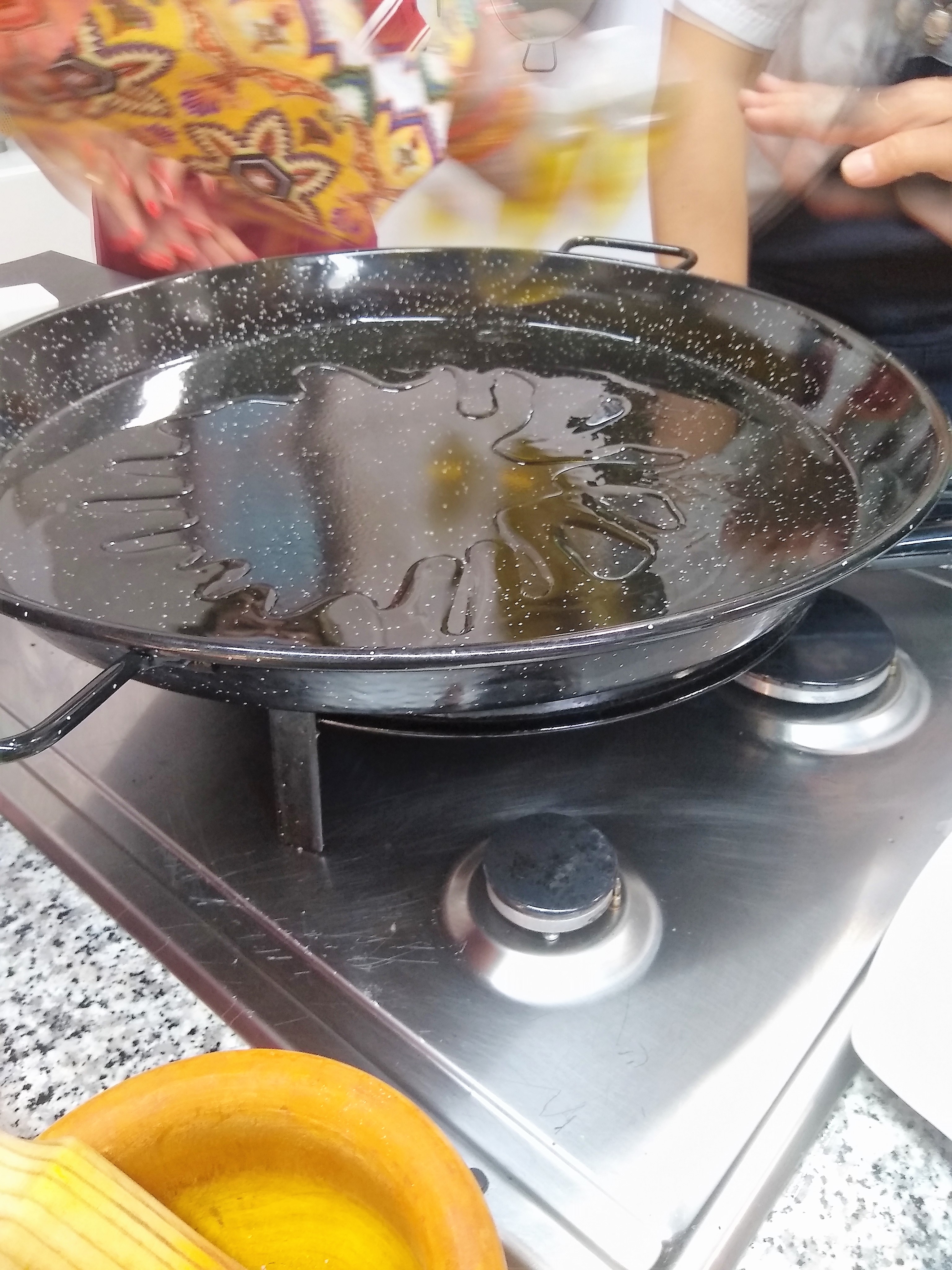
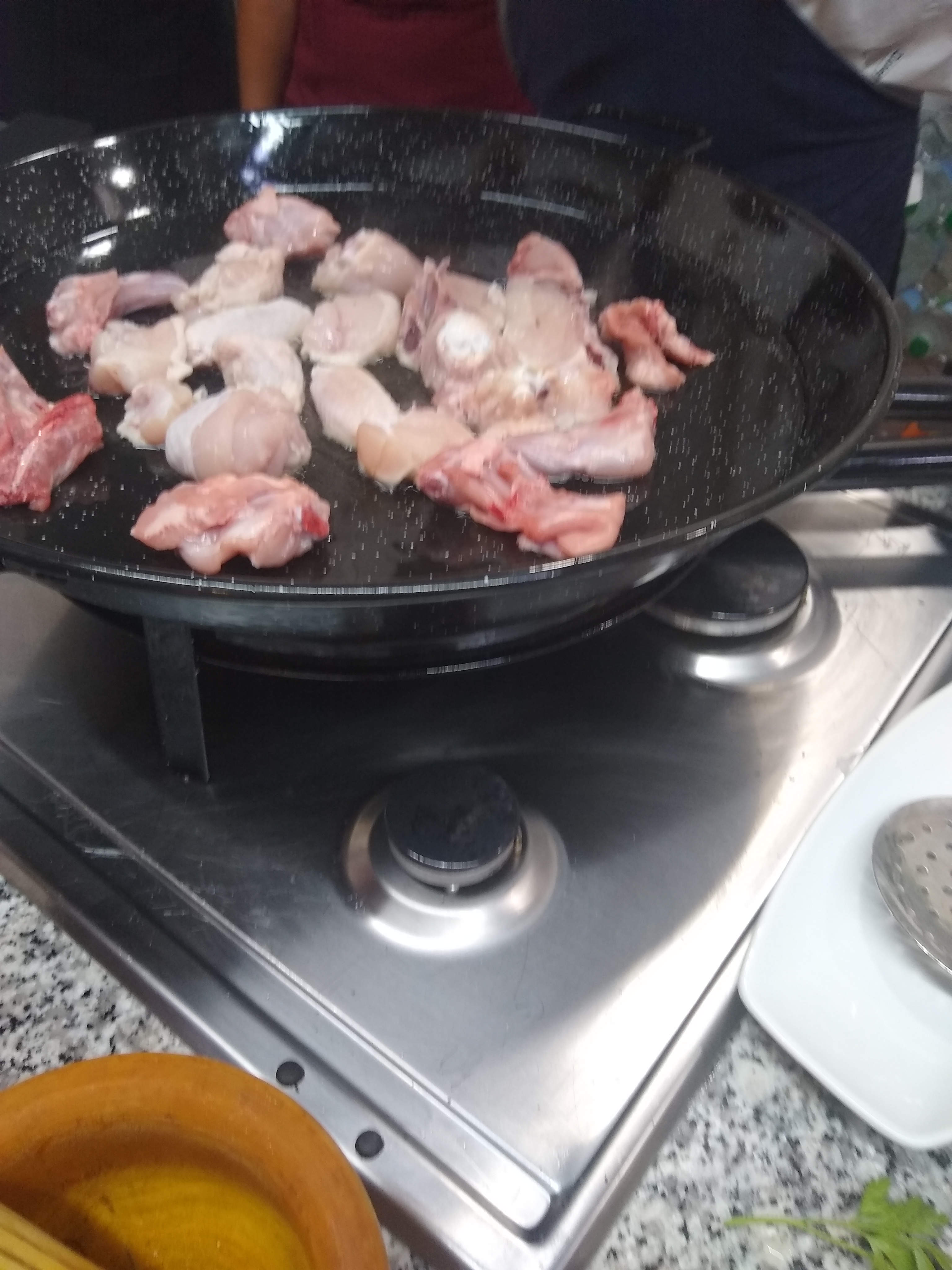
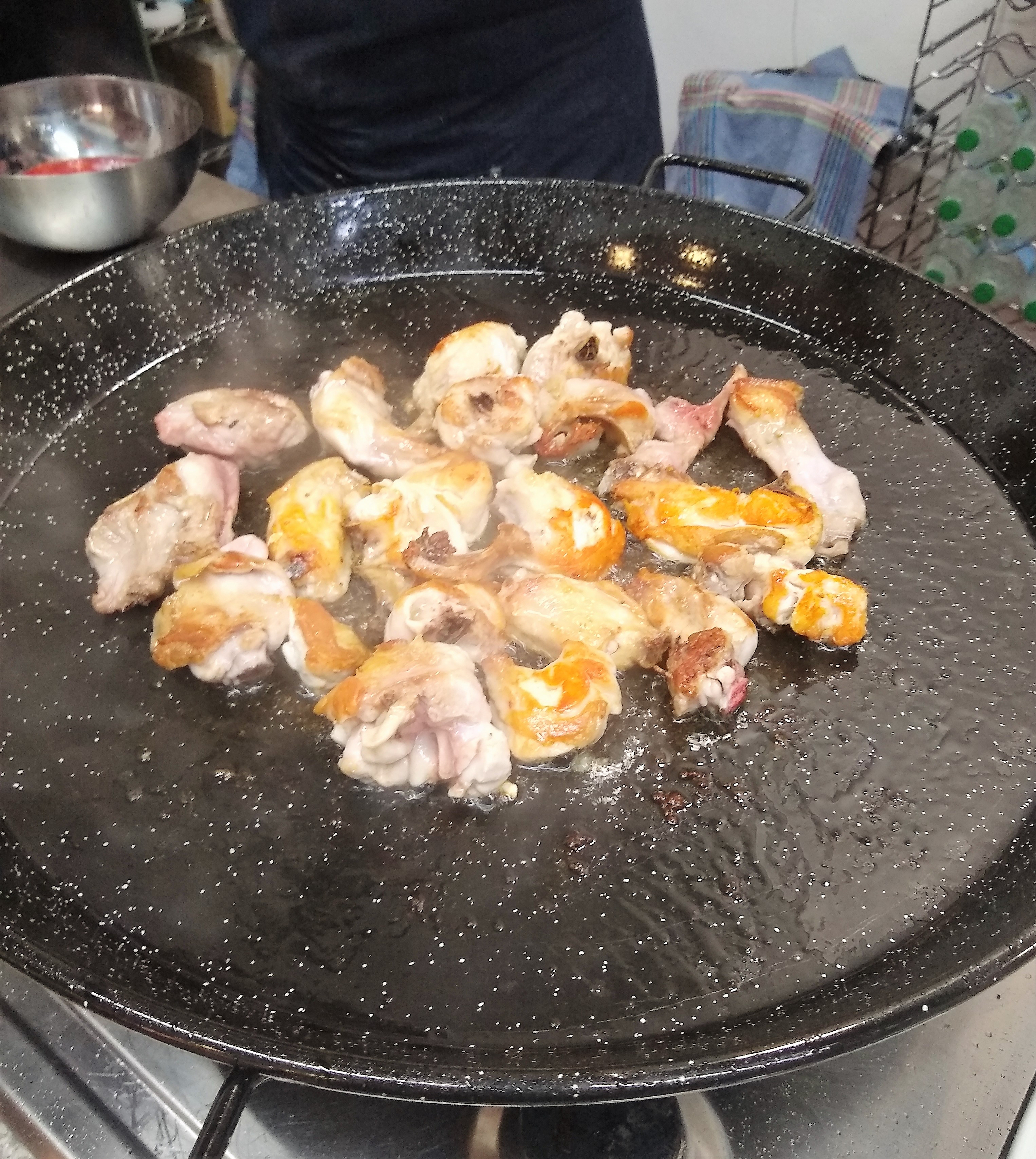
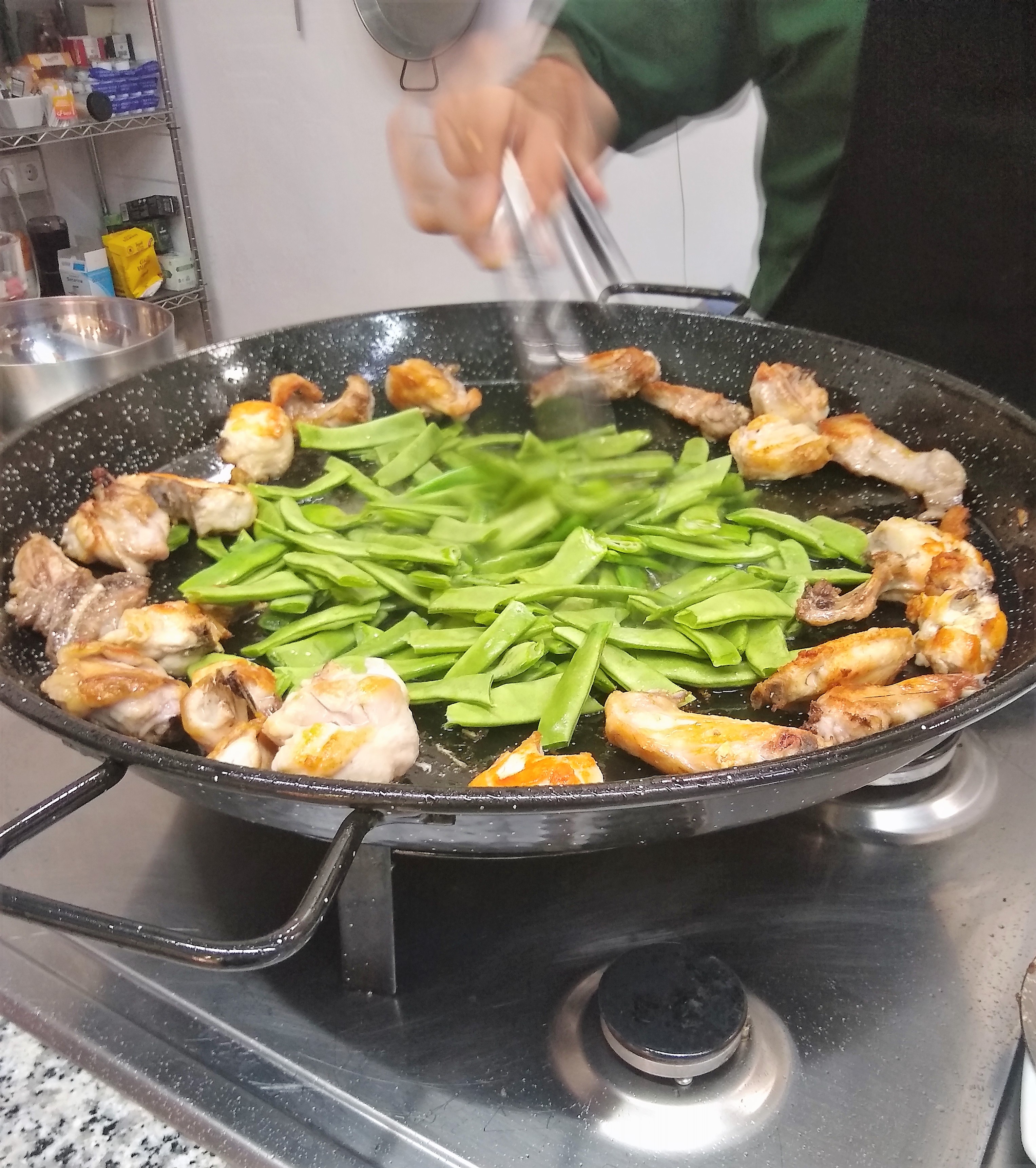
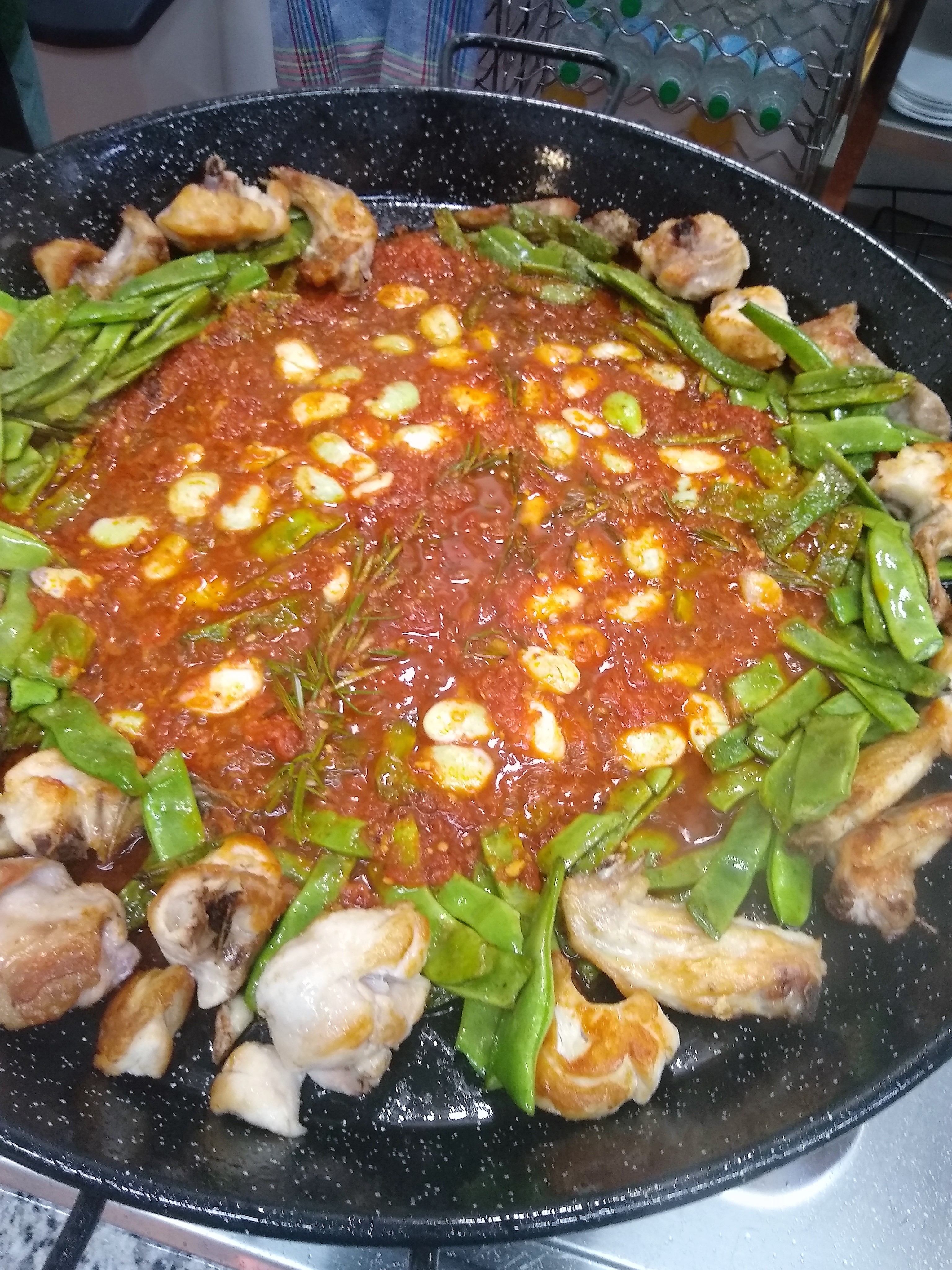
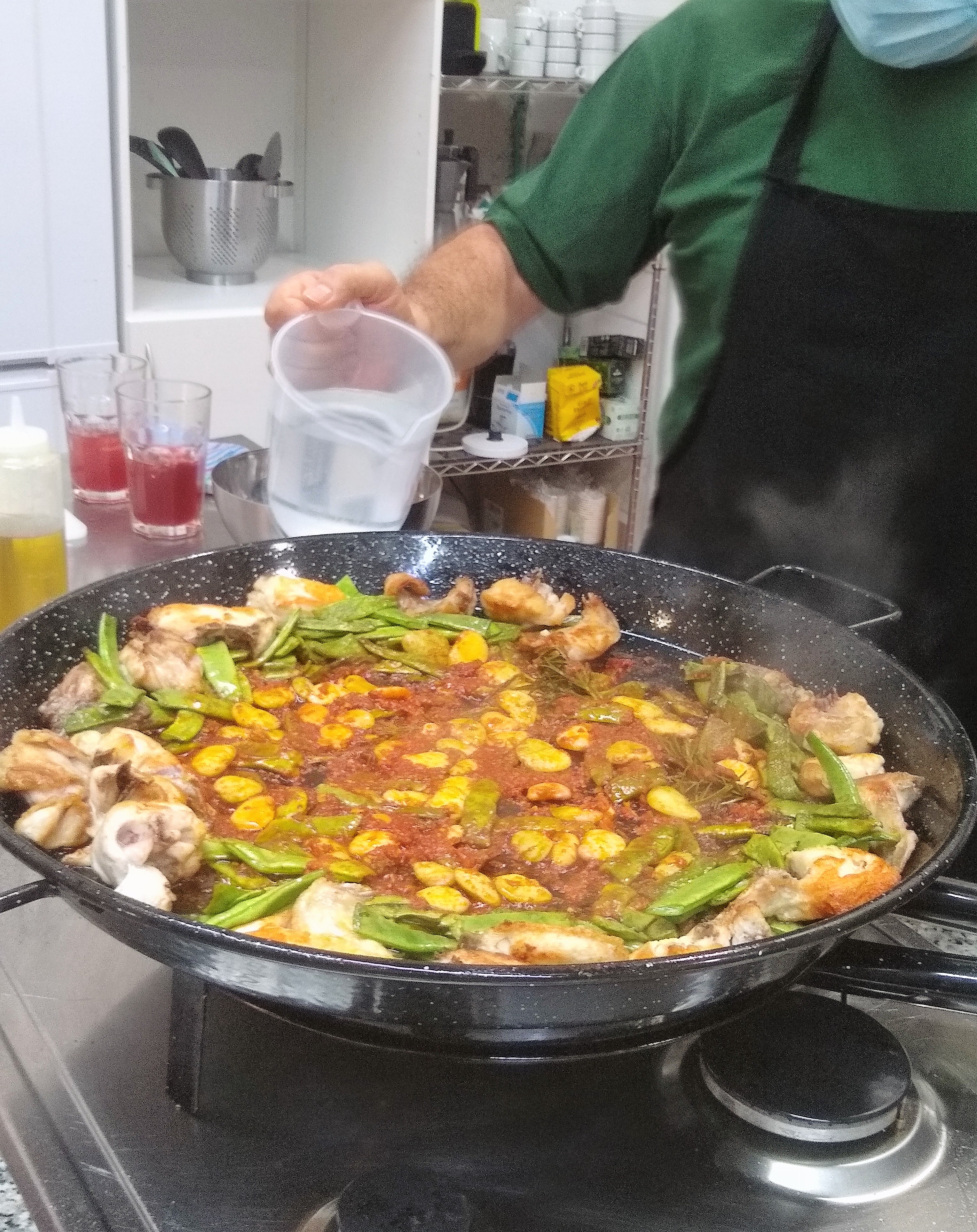
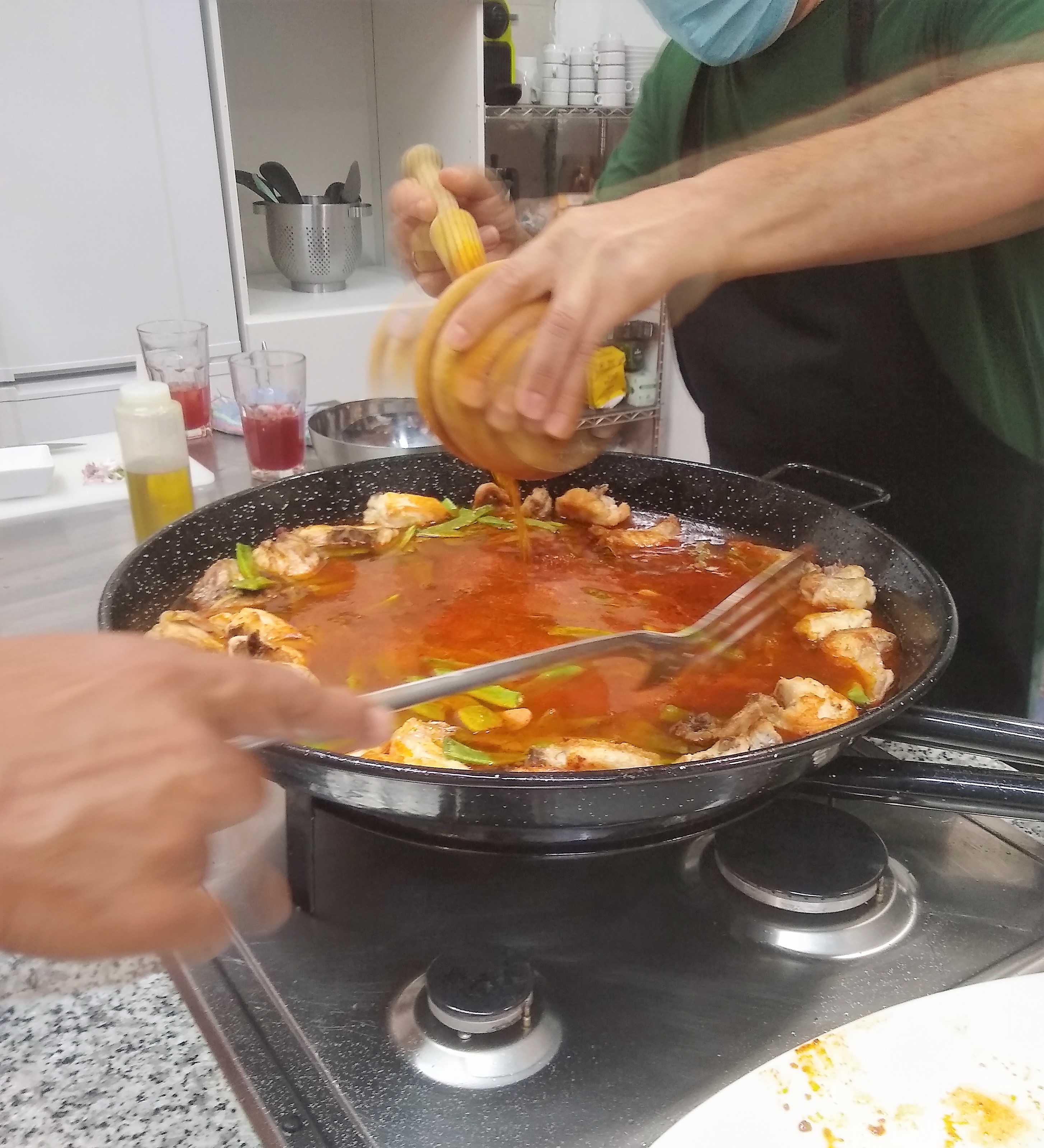
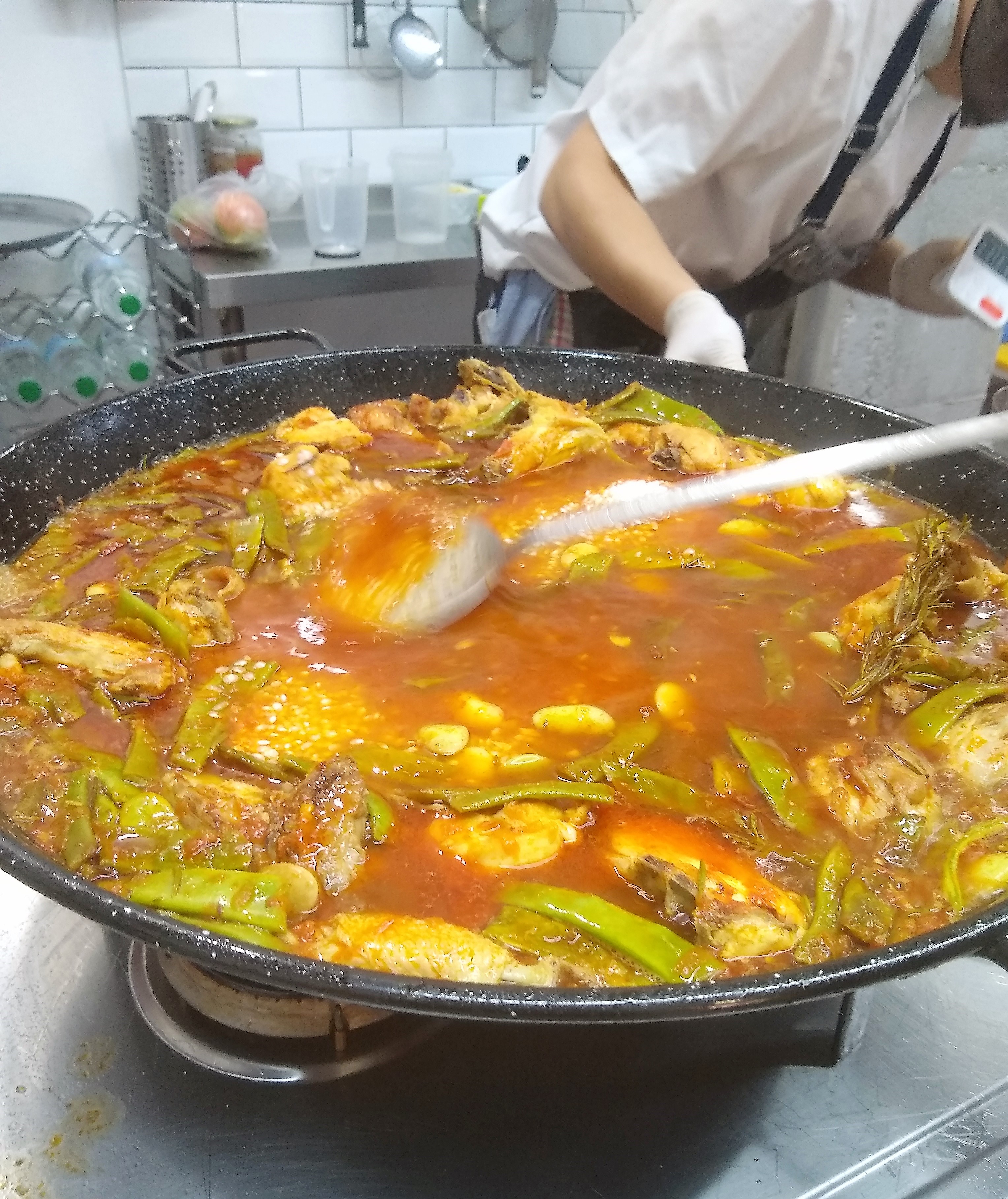
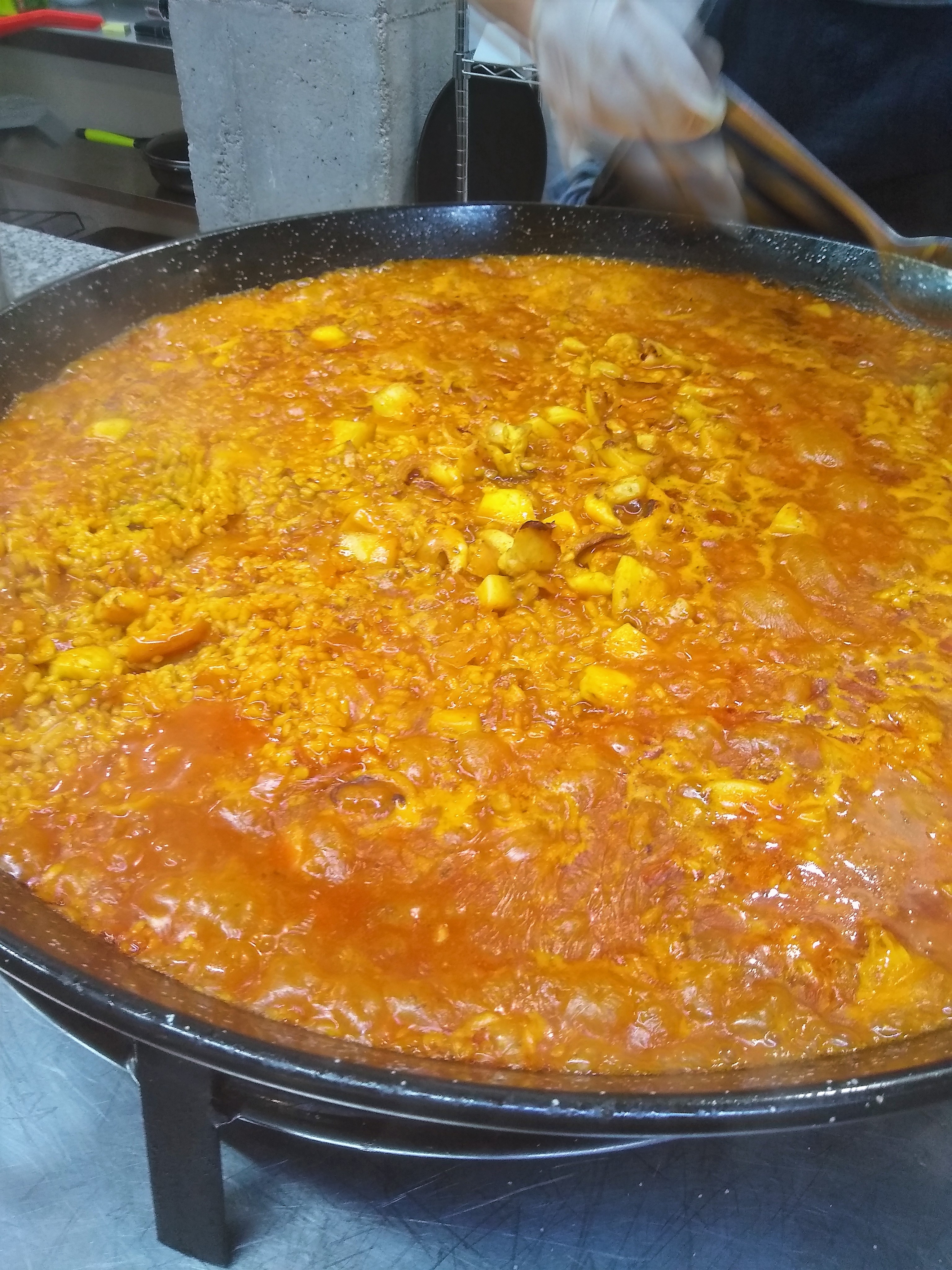
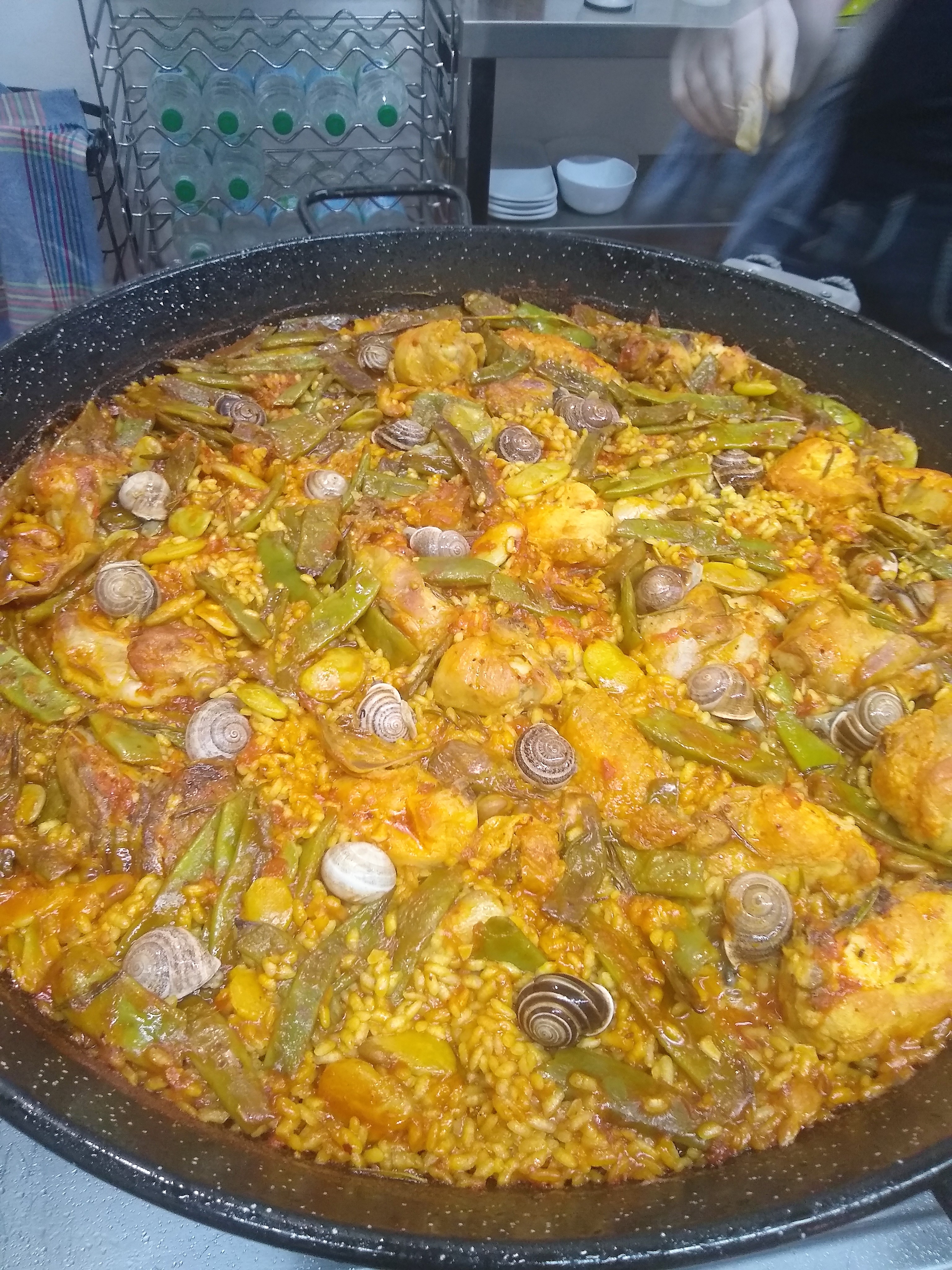
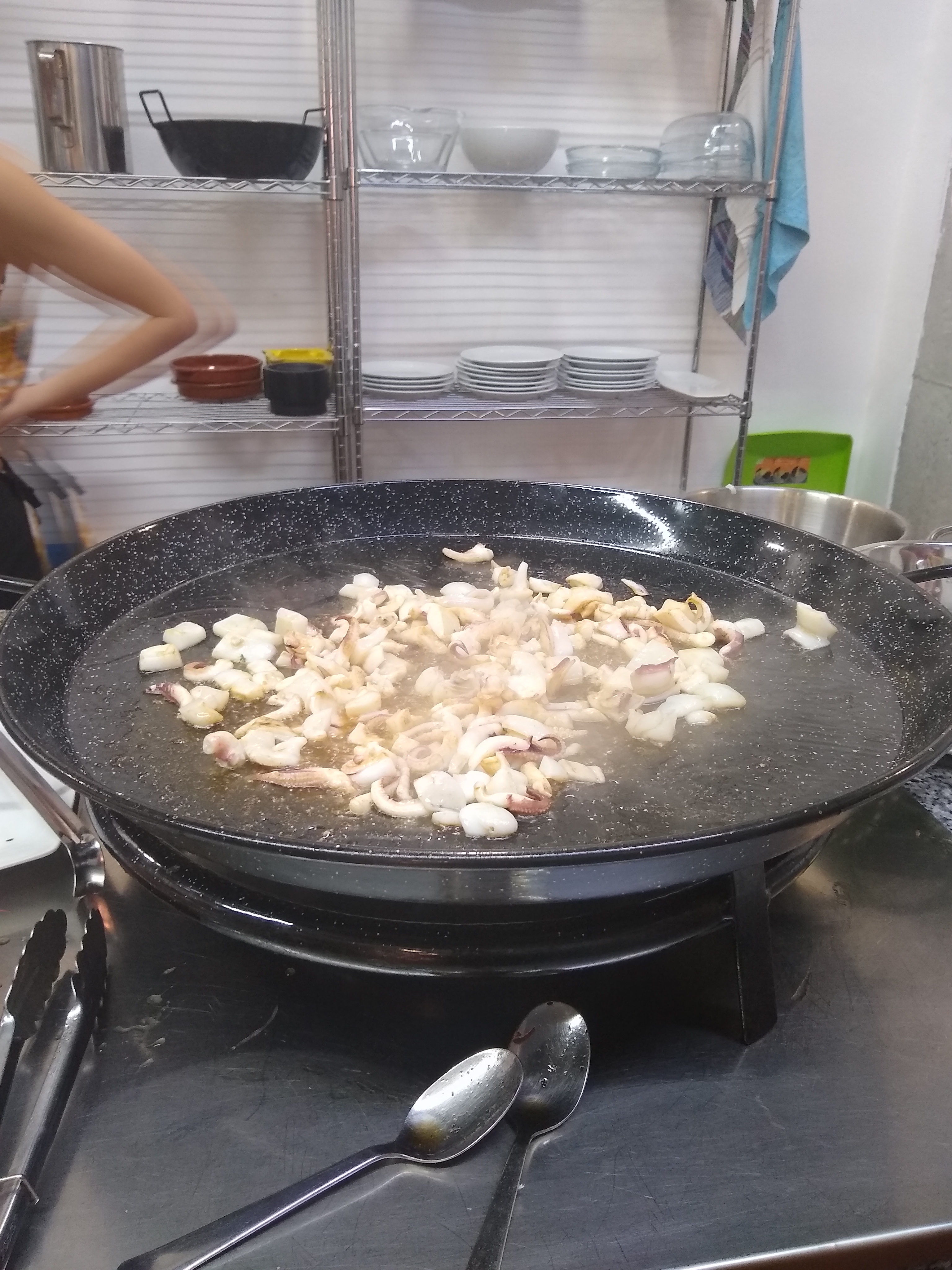
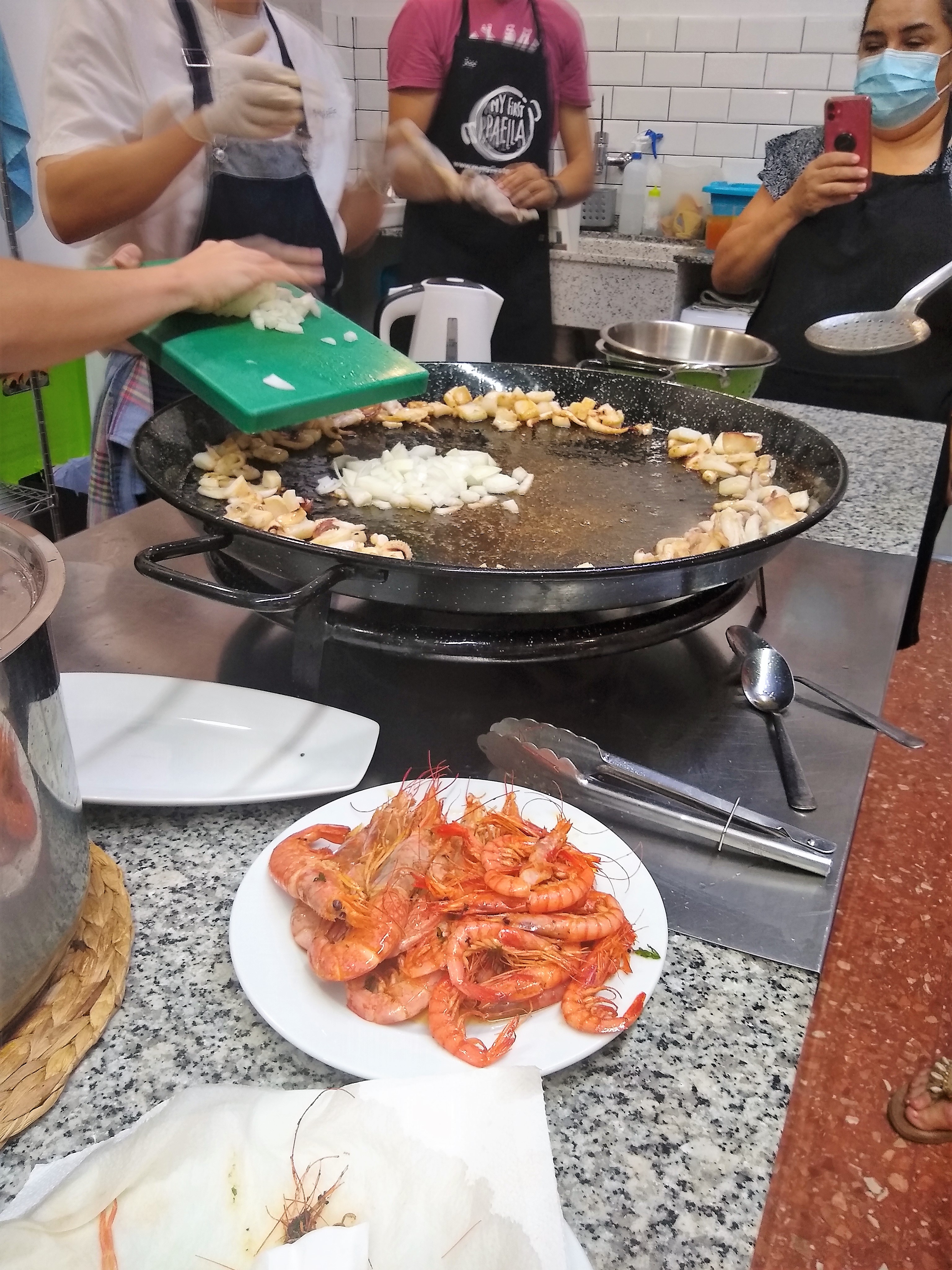
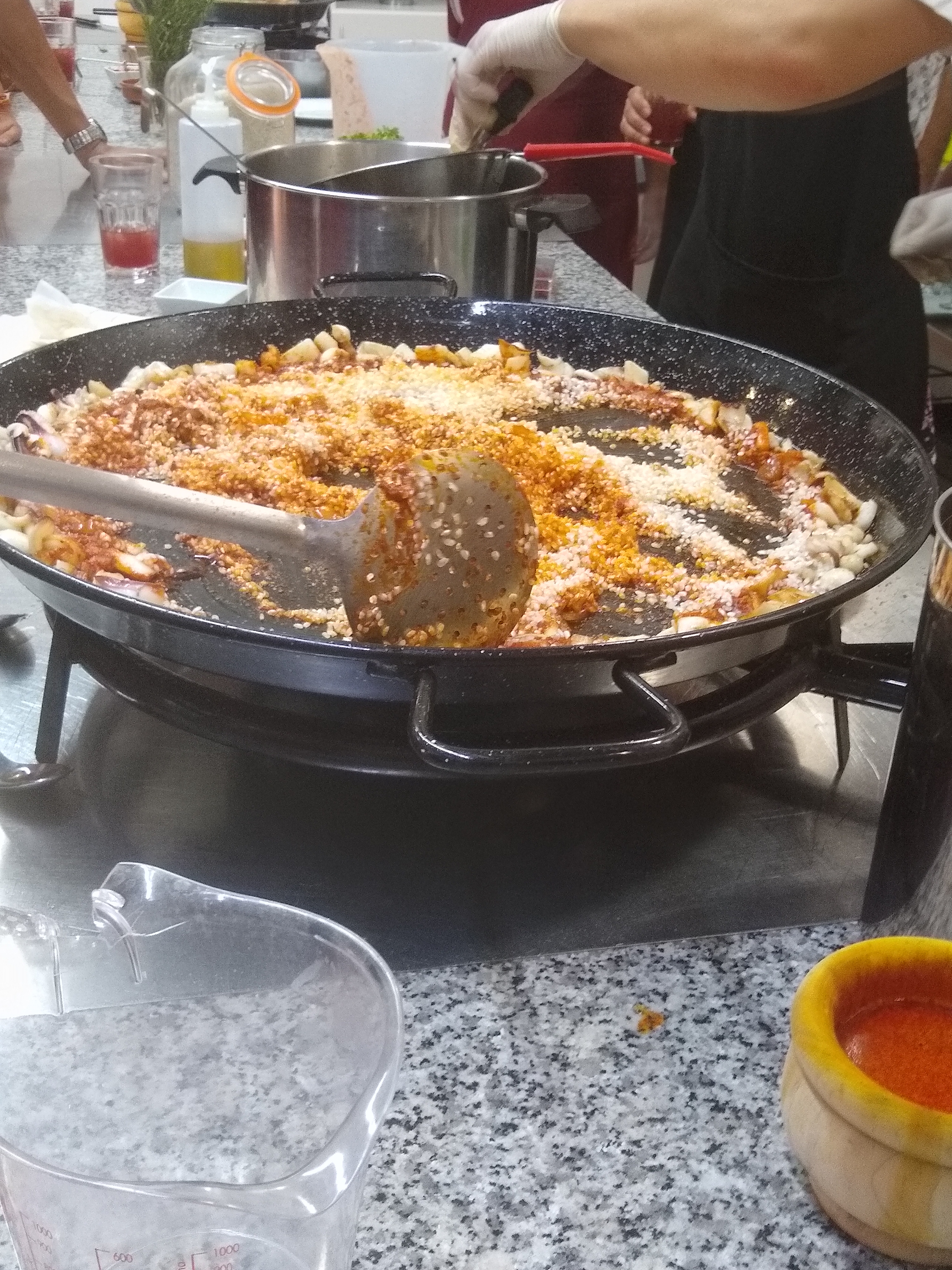
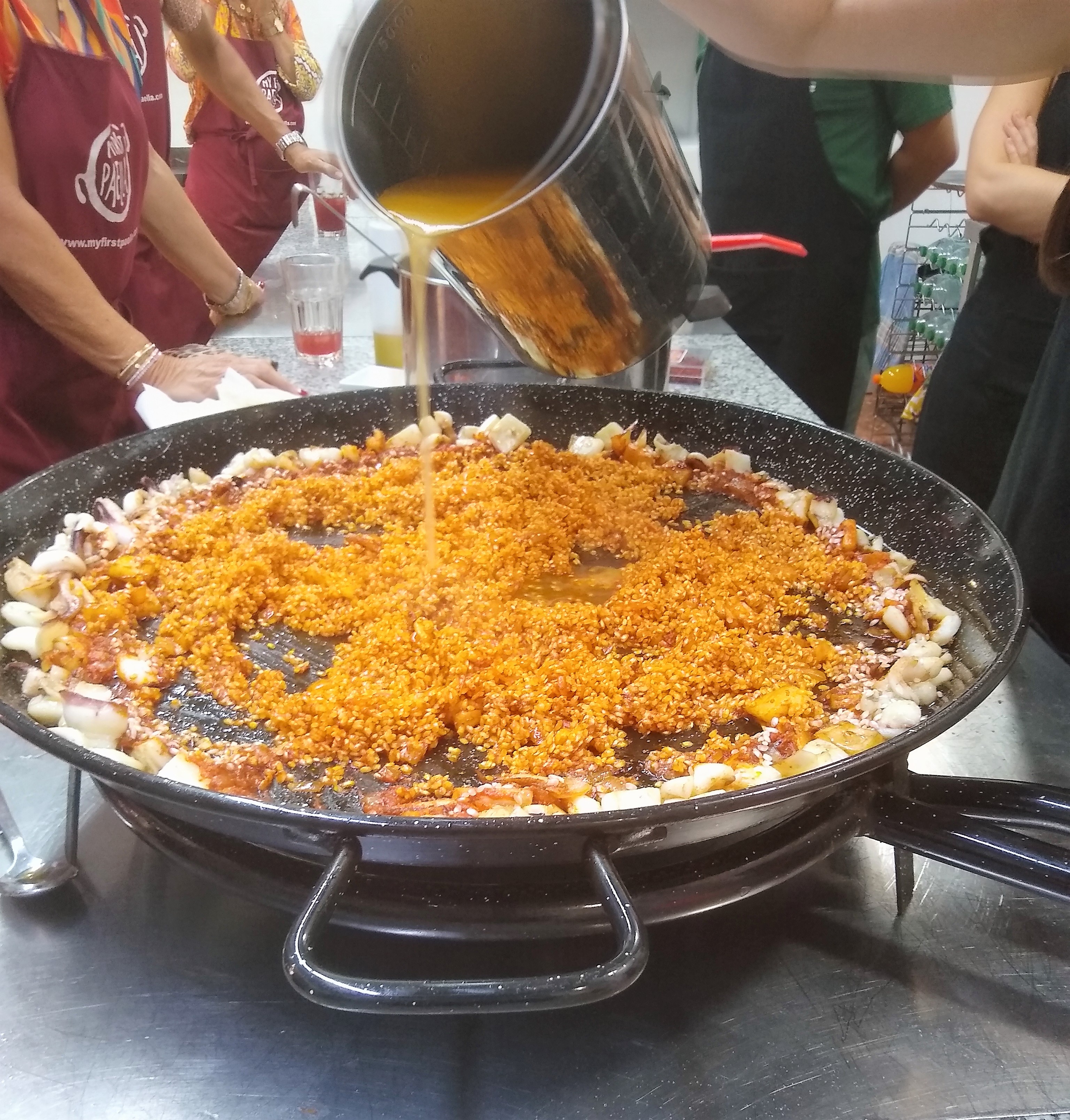
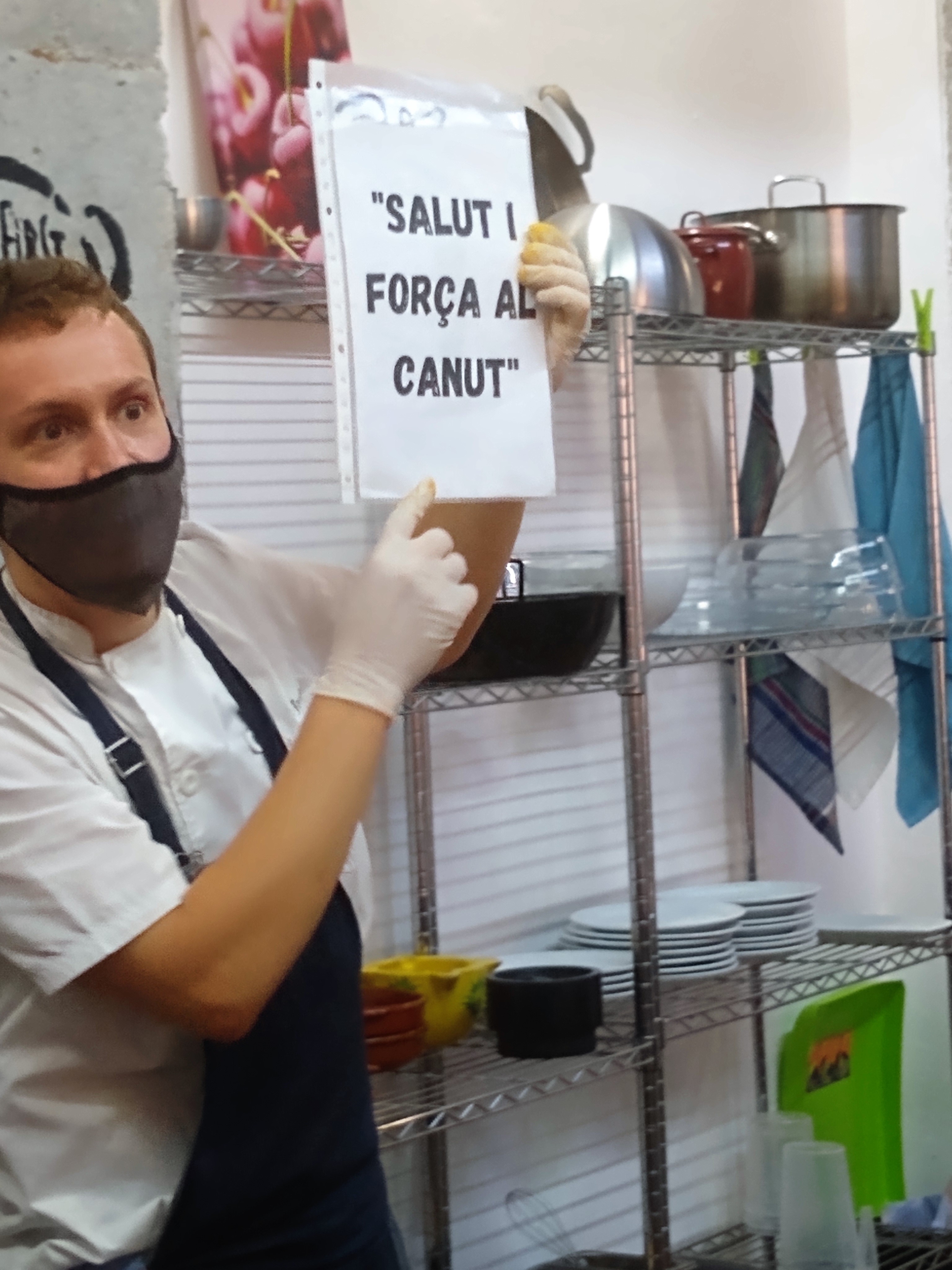
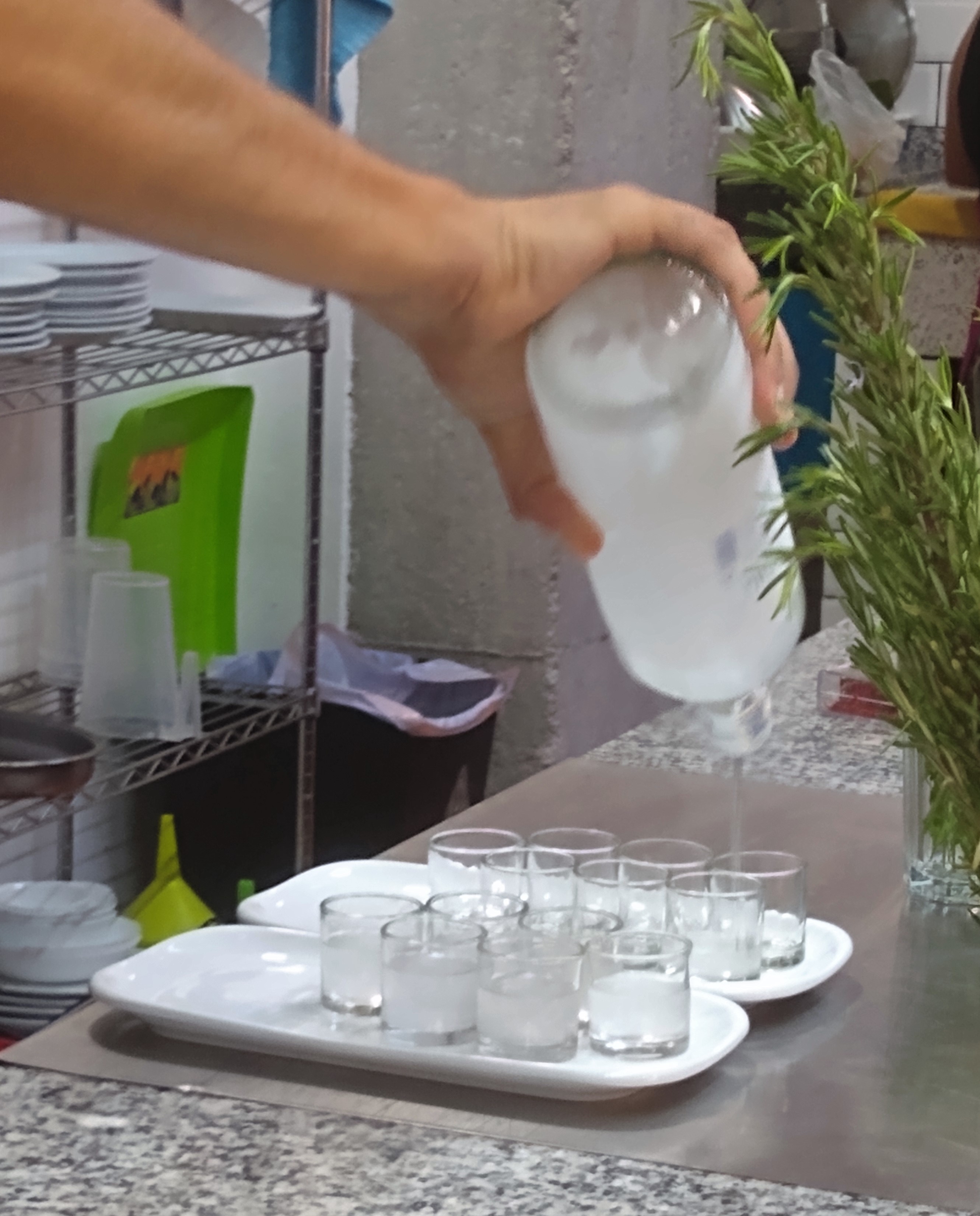
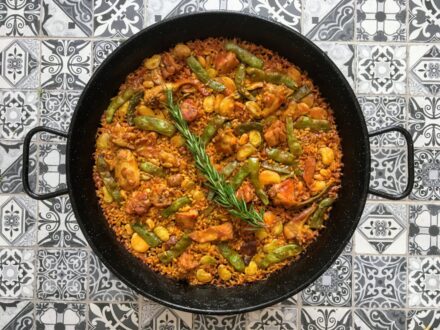
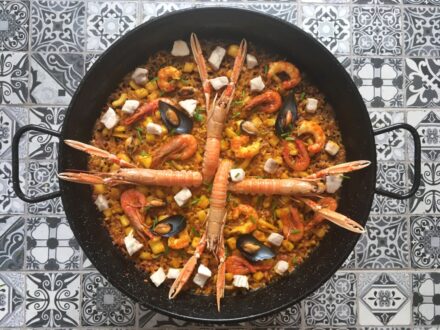
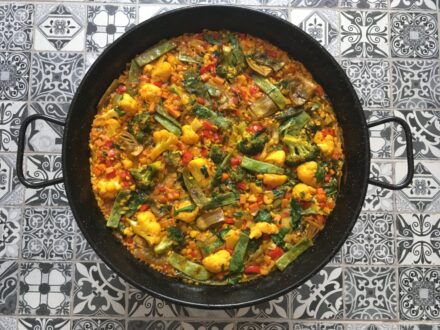
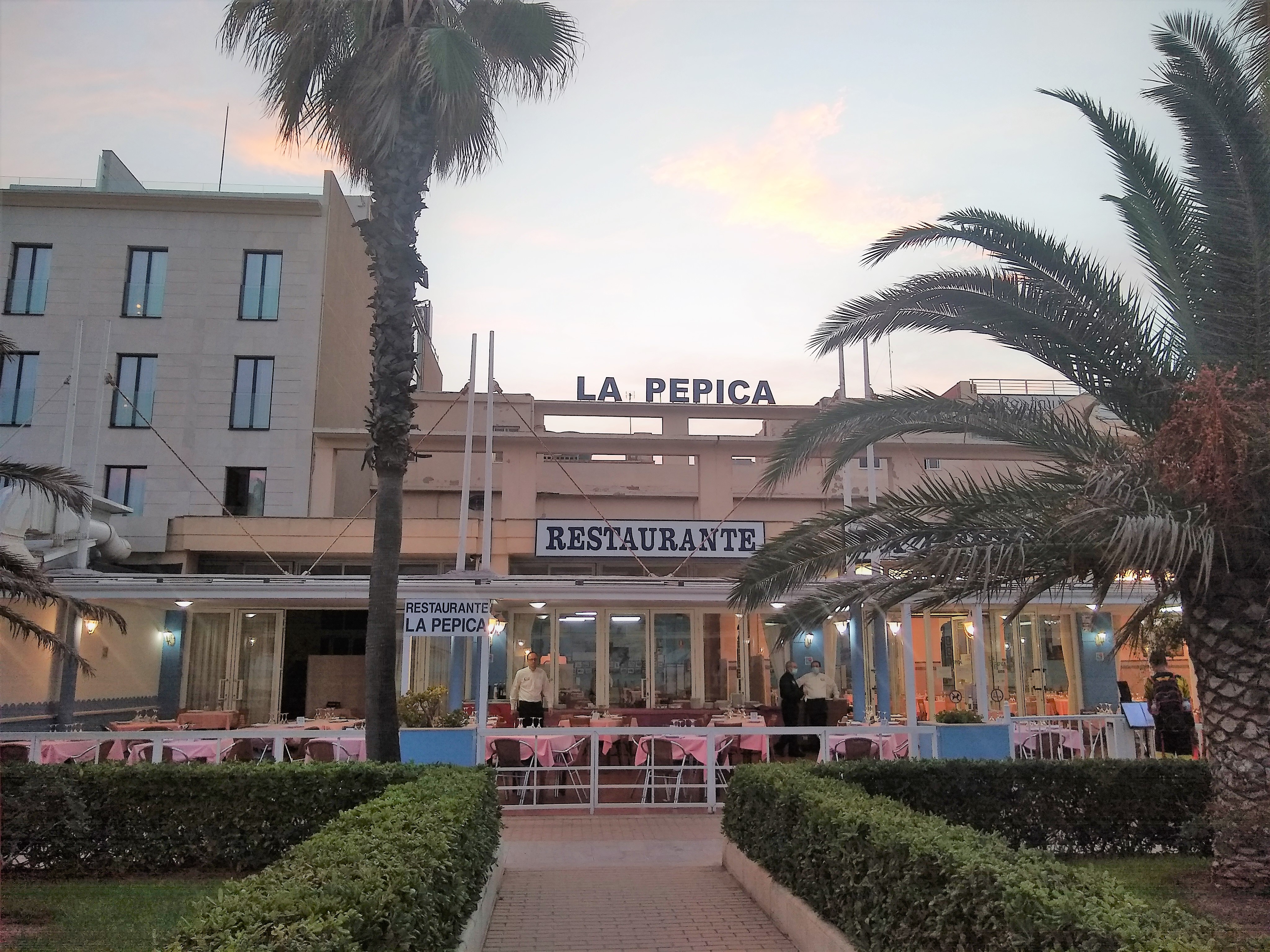
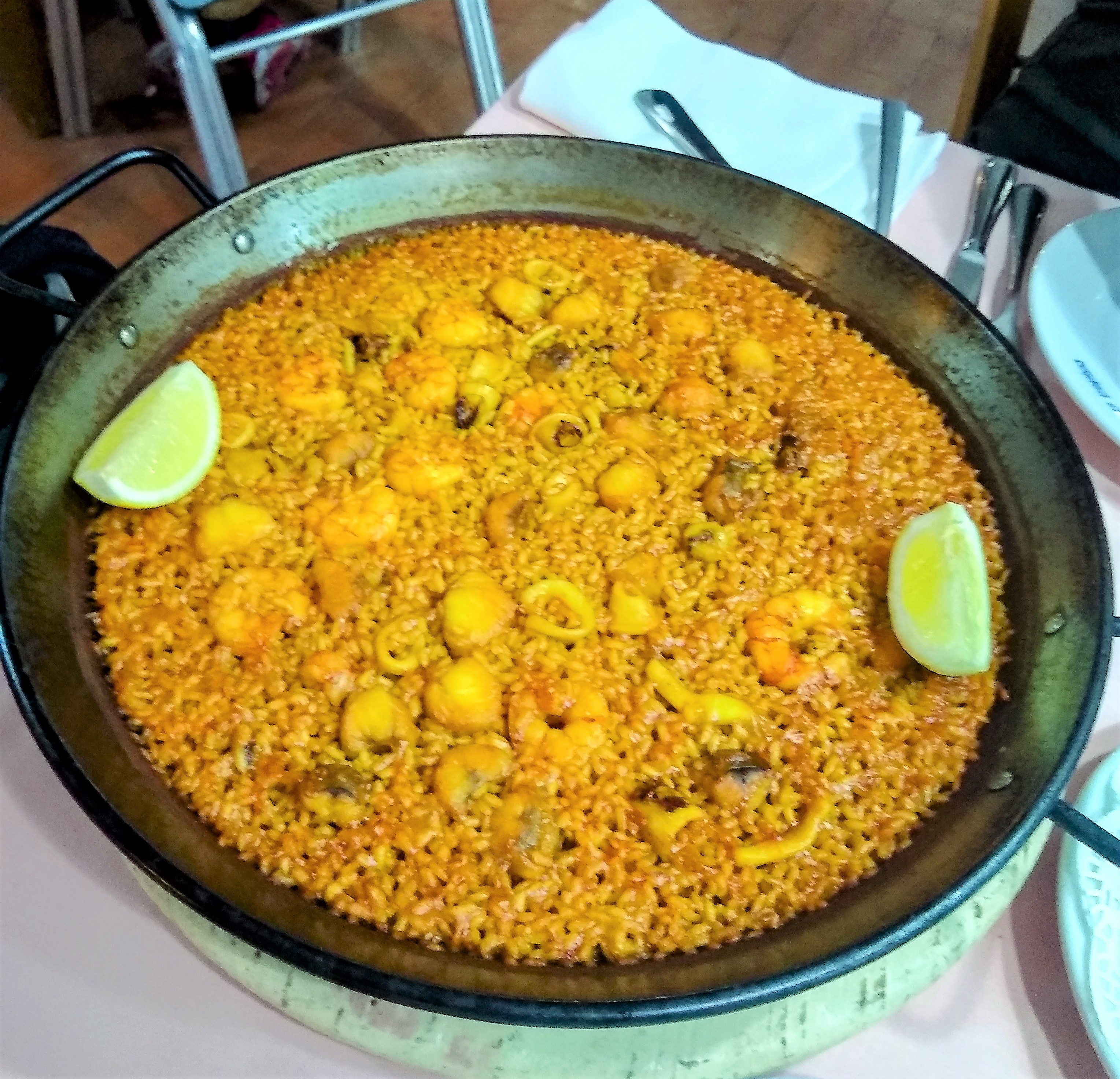
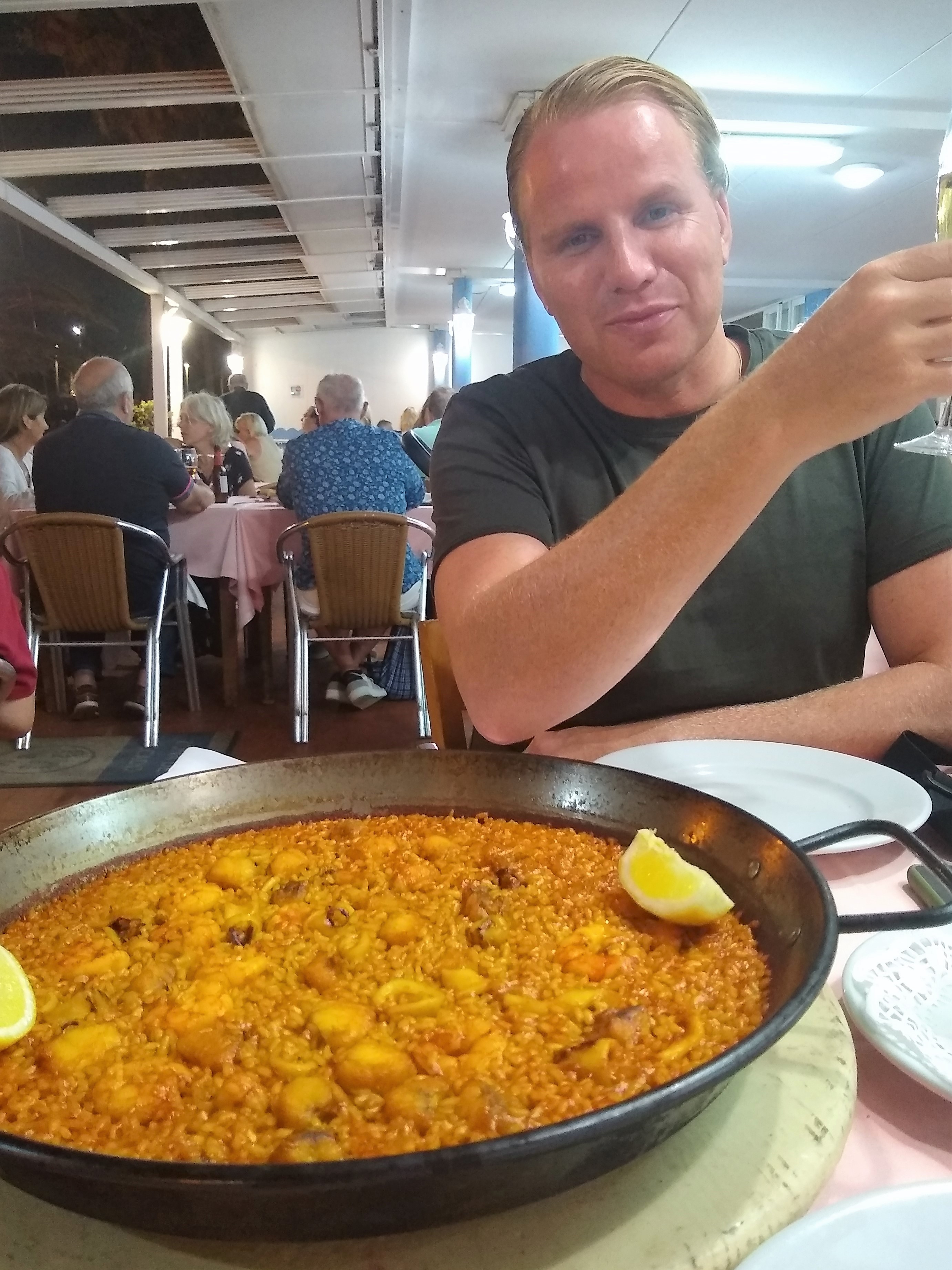
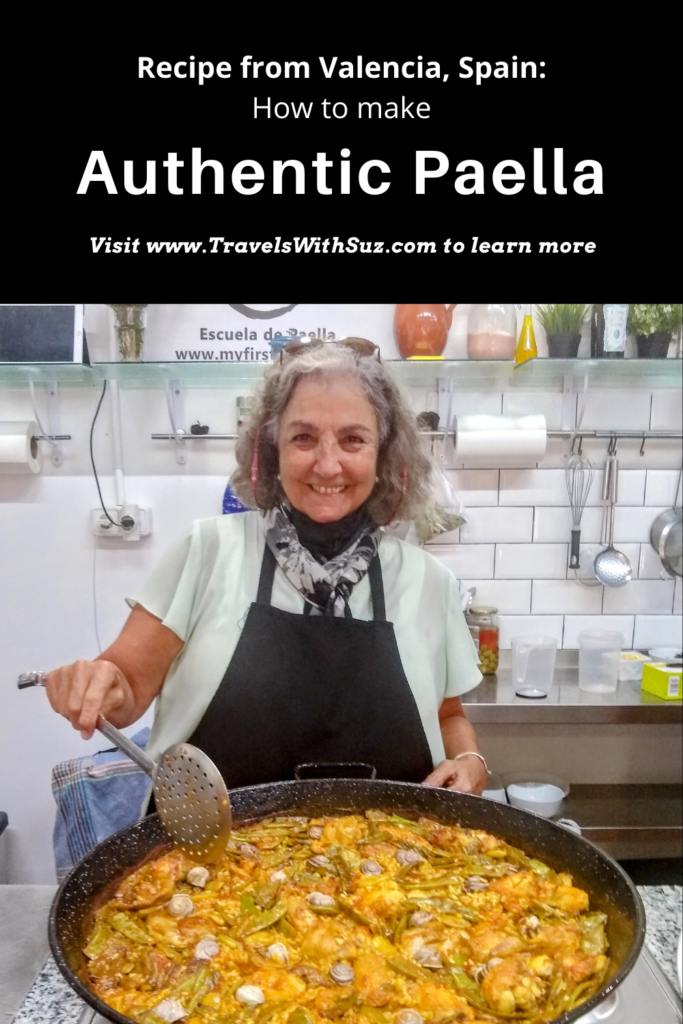
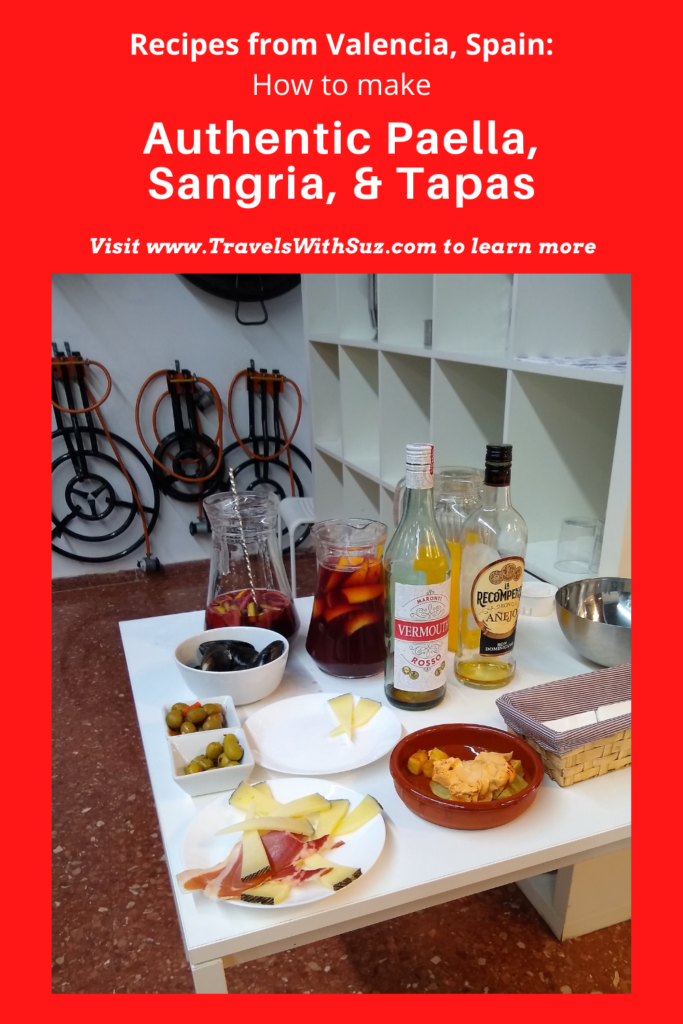
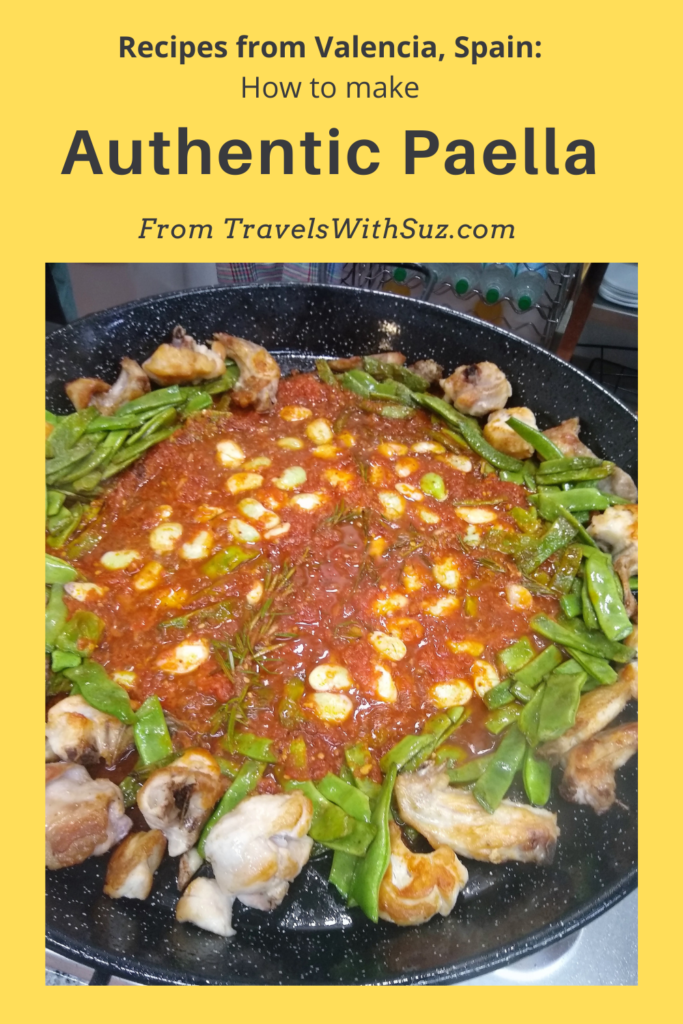
Hi Suz🌹I wrote your Valencian Paella recipe! I prepared it, my daughter & I loved it, grazie ‘mille 💯
I love making my version of paella and everyone likes it. However, your articles is so interesting that it may be worth adding attending the cooking to my bucket list. Fun article and encouraging to see that other people travel solo.
Thank you, Jaime! I appreciate it…
Thx
Taking a cooking class and learning special dish indigenous to a place is a wonderful way of travelling. You did a good job of taking a paella cooking class in Valencia. I am going to try it at home.
WOW!! What a fun adventure! Can’t say I have ever made authentic paella before. It looks divine!
This sounds like so much fun.I have always wanted to learn how to make the authentic paella, now I have it. Thank you, for sharing will definitely try it. Loved reading about your travel experiences!
What a fun experience learning to make Authentic Paella from Spain! Everything looks delicious!
I love paella! What an incredible experience. Thank you for sharing the secrets of making authentic paella from Valencia, Spain.
What an amazing experience! I love that you were able to learn while also enjoying great food and sangria.
That looks delicious! I had never heard of paella before. Spain is on my bucket list of countries to visit sometime!
What an amazing cooking class! We never thought about one while traveling. Such a great idea. Thank you for sharing.
It sounds so fun to take a cooking class! What an awesome experience. And I love solo traveling. I’m looking forward to my next adventure.
Ive never considered taking a cooking class while traveling but that seems like so much fun!!!
This looks delicious!
What a great recipe to try. Looks so yummy! And it looked like you enjoyed this. Thanks for sharing.
This is amazing! I love this dish, great tips on preparing it properly!
Wow-what an immersive experience! I’ve always wondered how paella was made. But to learn in Spain is pretty special. And the shape of the pots is really cool.
That looks like an amazing place to visit! I will get there one day!
How fun to experience the authentic version of how it’s done! I bet it was wonderful!
My husband lived in Spain a few years, and every few years he’ll make some Paella and it is SO GOOD!
I meet the most eonderful people in my travels!!! You didn’t mention that we didn’t need to eat again for days!! It was incredible.
Hi Tami! I need to send this to Marisol, too. You’re right, it was a *lot* of food! And I was already full from the tapas and sangria.
Where’s your next adventure?
Wow! I have never tried a cooking lesson during my travels. This seems like so much fun! Just strolling through that wonderful market to assemble all your ingredients would be fun! Thanks for sharing all the subtle differences to making an authentic paella from Valencia Spain.
It was a great time. As a person who looks to get into local culture when I travel, it was wonderful to experience the market with purpose, to meet more local folks, and to get to a different part of the city.
In Copenhagen, I found an AirBnB “experience” – a food tour – and that was fabulous, too. We learned a lot, and I found the “Best Restaurant in the World” there – now on my bucket list.
What a fun experience cooking in Valencia! I would love to try all the native dishes!